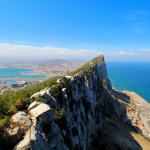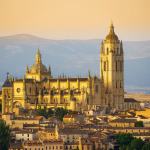LAST UPDATED: 2/18/24 – Rome, Italy Visitor Guide
According to legend, the city of Rome was formed by brothers Romulus and Remus, who were raised by wolves. Fast-forward to today and perhaps no city in Europe has as deep and as storied a history as Rome. From the days of the Roman Empire to the Age of Enlightenment and the Renaissance, to the hustle-and-bustle of modern-day Rome, the city has seemingly always loomed large throughout modern human civilization. This is part of what made creating a quintessential Rome, Italy visitor guide so interesting, yet so challenging. There are so many interesting and amazing things to see and learn about the city, it is difficult to know where to begin.
Rome was home to the first-ever shopping mall, which was built between 107 and 110 AD by Emperor Trajan. It is also home to St. Peter’s Basilica, which is the largest church ever constructed. The Romans were also on the cutting edge in terms of architecture and ingenuity. Most people are familiar with the architectural masterpieces that are the Colosseum and the Pantheon, but what many don’t realize is that the early Romans built roughly 53,000 miles of road before the early fourth century and constructed nearly 900 churches and roughly 280 fountains that helped make this beautiful city what it is today.
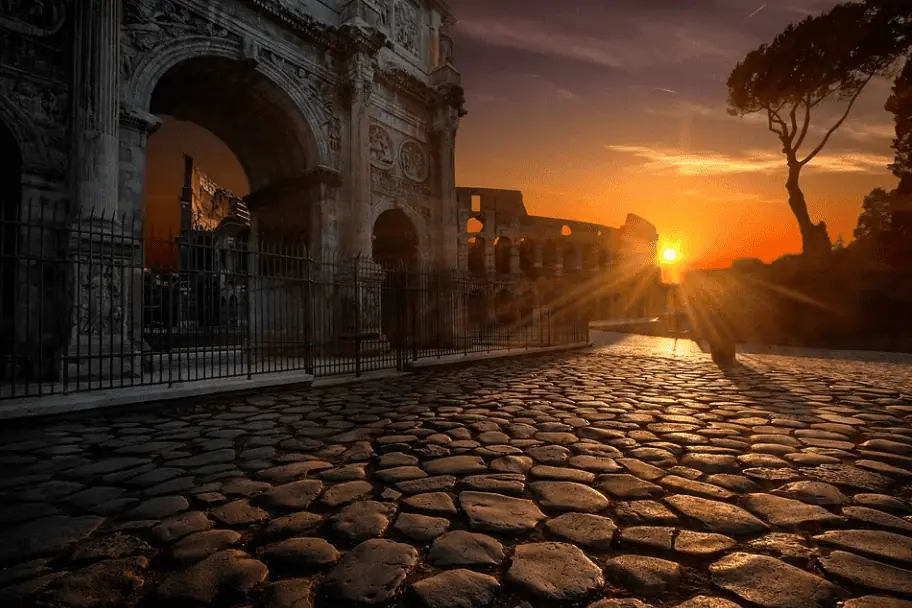
An All-You-Need Rome, Italy Visitor Guide
So regardless of whether or not you are planning to visit Rome to tour the history or not, it is very tough to visit without appreciating all that came before you and what they were able to accomplish. In this guide, I am going to give you all of the information you need to plan a successful trip to Rome, Italy.
I cover the best times to visit and the best ways to get there so that you can maximize what you can see and do on your trip. In addition, I outline the top things to see and do while you are there and where the best places to stay and eat are. With this information in hand, you can be confident that your trip to Rome will be one that you remember for the rest of your life.
Rome Visitor Guide Navigation Menu
At a Glance
Before you start making any travel plans, you need to be sure you meet the country’s entrance requirements. This includes all of the passport, VISA, and immunization requirements for Italy.
In addition, you need to make sure you have a clear understanding of what languages they speak in Italy. This way, you can plan any translation needs you may have. Not only that, but you will need to know what currency they use in Italy. Knowing this, you can plan to exchange currency before your trip if necessary.
I have included some of this key information in my Rome, Italy visitor guide below for you to review as you start to make your travel plans.
| Passport requirements exist. See below for details. | |
| Immunization recommendations are listed below. | |
| The official language in Italy is Italian. | |
| The official currency in Italy is the Euro. |
Passport Requirements
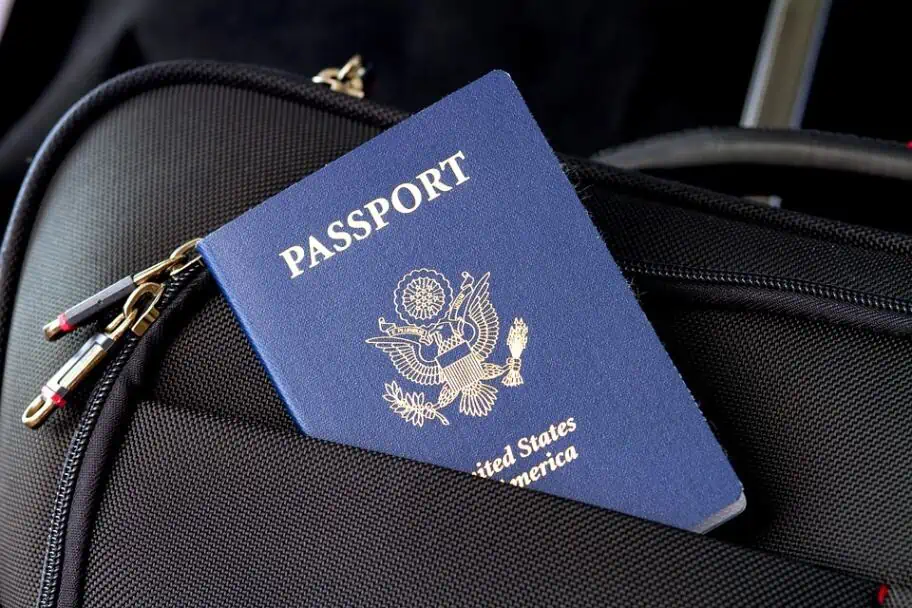
When visiting Italy, you must have at least 6 months of validity on your passport beyond the date on which you are planning on arriving in the country. You will also need to have at least two blank passport pages to be processed into the country.
Presently, you do not need to have a Visa if you are planning on staying in the Schengen area of the EU for less than 90 days, but starting in 2025 American citizens will be required to get a European Travel Information and Authorization System (ETIAS) authorization. Before you start making your travel plans, I would strongly suggest you review the passport and Visa requirements I have laid out in my Rome, Italy visitor below.
| Passport Validity | Blank Passport Pages | Tourist VISA Required? |
|---|---|---|
| Six months validity recommended, at least 3 months validity beyond your planned date of departure from the Schengen area. | Two pages required for entry stamp. | Not required for stays under 90 days. |
Travel Immunizations
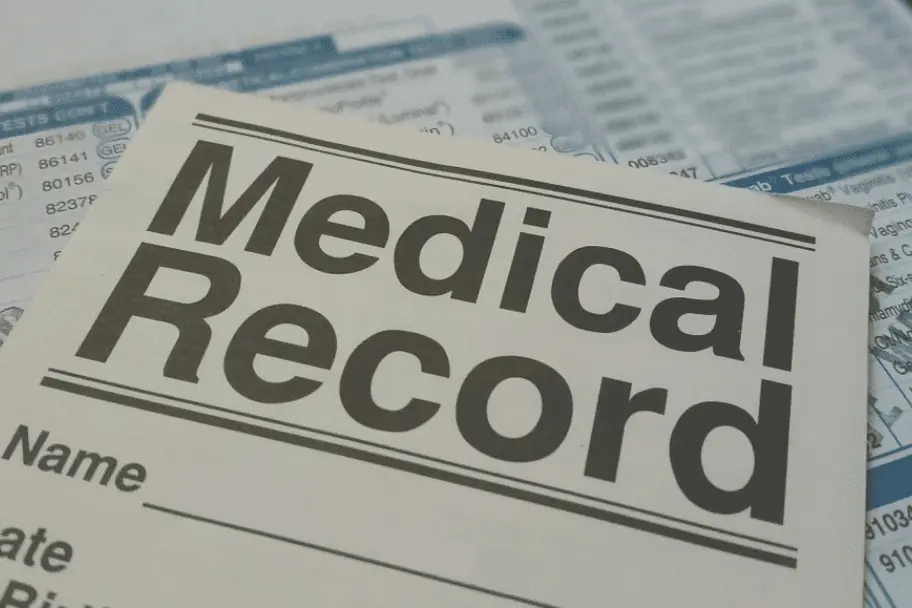
Before you leave for your trip to Rome, you need to make sure you have all of the proper vaccinations. Not only to protect yourself but to protect others. If you have questions on what immunizations you will need and what to look out for when you go to get them, you are in luck. I have included some general guidelines I can pass on from my experience in my Rome, Italy visitor guide below.
- Most specialized travel clinics will not accept insurance so you will have to pay for your travel consultation and immunizations and then request reimbursement from your insurance company later.
- Some immunizations aren’t accepted by every insurance company, so check with your insurance provider before getting your immunizations.
- Check with your regular doctor first, as often they can do a travel consultation for you and write you the necessary prescriptions for your immunizations, even if they aren’t able to give them to you. This way you can ensure that at least your travel consultant will be covered by your insurance up-front.
- Check with Walgreens or other drug stores that give flu shots to see if they have any of the immunization shots that you require before going to a specialized clinic that doesn’t accept insurance to get them. Walgreens can give you many of the immunizations necessary for international travel, and they accept insurance up-front.
- The Centers for Disease Control (CDC) website can be a great resource for answering any travel immunization questions that you have.
Italy Immunization Recommendations
You may be unsure of what travel vaccinations you might need. In this case, I have compiled a list below of some of what you might expect your physician to recommend.
- Hepatitis A & B (if you haven’t had them).
- Tetanus (if you aren’t current).
- Transderm SCōP Patch (for motion sickness) or at minimum Dramamine pills if you get motion sickness easily and you plan on getting out on the water or doing adventure activities.
- Flu Shot
Packing Tips
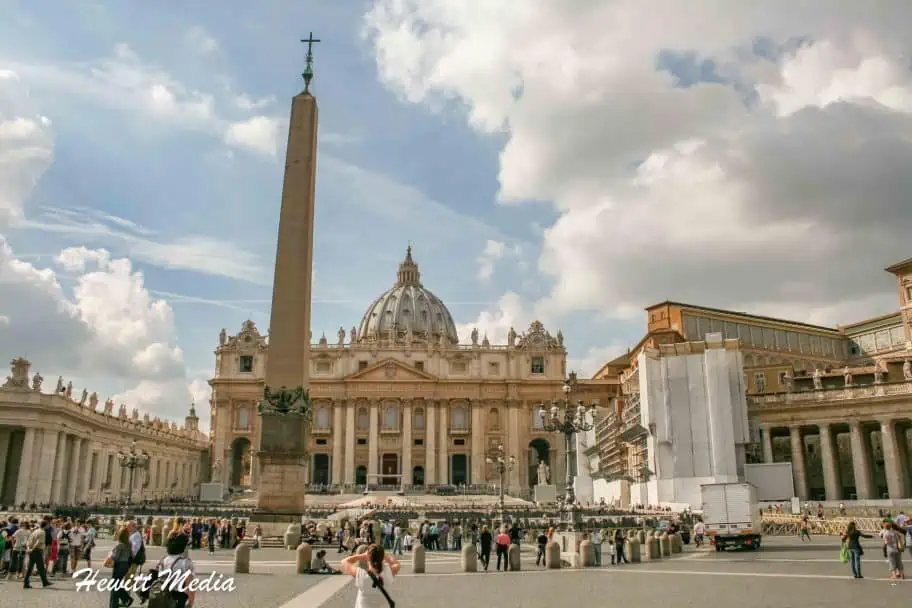
Outside of knowing the entry and immunization requirements, there is no pre-travel task more important than packing. Don’t worry, I am here to make sure you are packed and prepared for your trip. I have included links to my packing resources in my Rome, Italy visitor guide below for you to review.
| READ MORE: | |
 |
|
| The Ultimate Travel Packing Check List | |
| READ MORE: | |
 |
|
| The Essential Carry-On Checklist | |
Top Things to See and Do in Rome, Italy
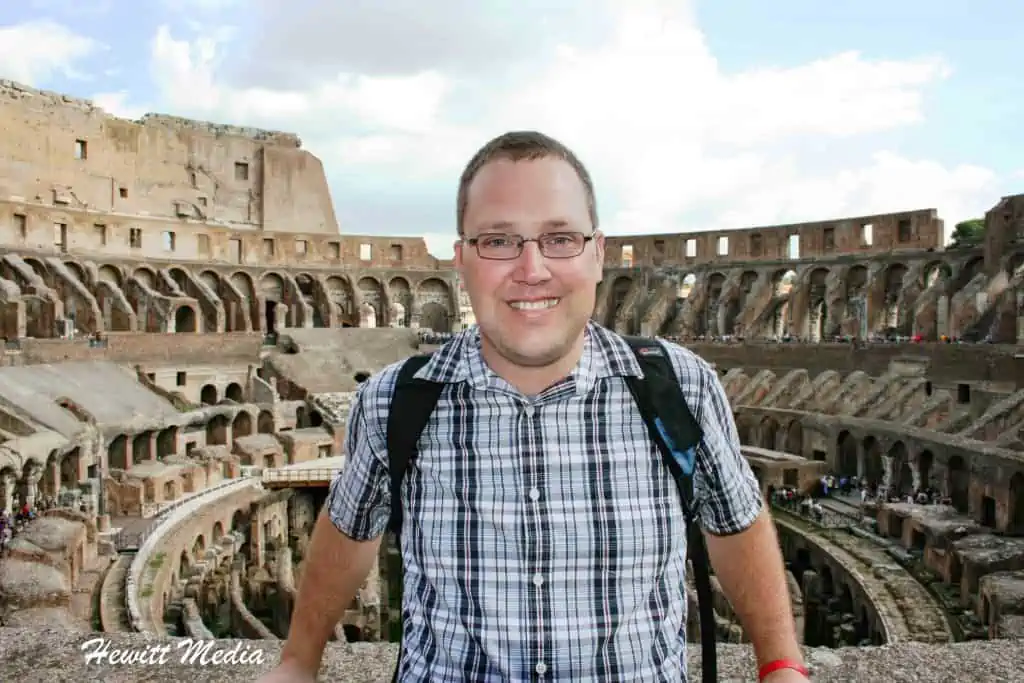
One thing that you will never be in short supply of when you visit Rome is amazing things to see and do. Between the ancient Roman ruins, the city’s many amazing museums and parks, and the breathtaking buildings in the Vatican City, there is a seemingly endless supply of things to fill out your itinerary. If you are in the process of planning your trip to Rome and would like some ideas on what to add to the itinerary for your visit, I have included a list of my top 10 things to see in Rome for you to review below.
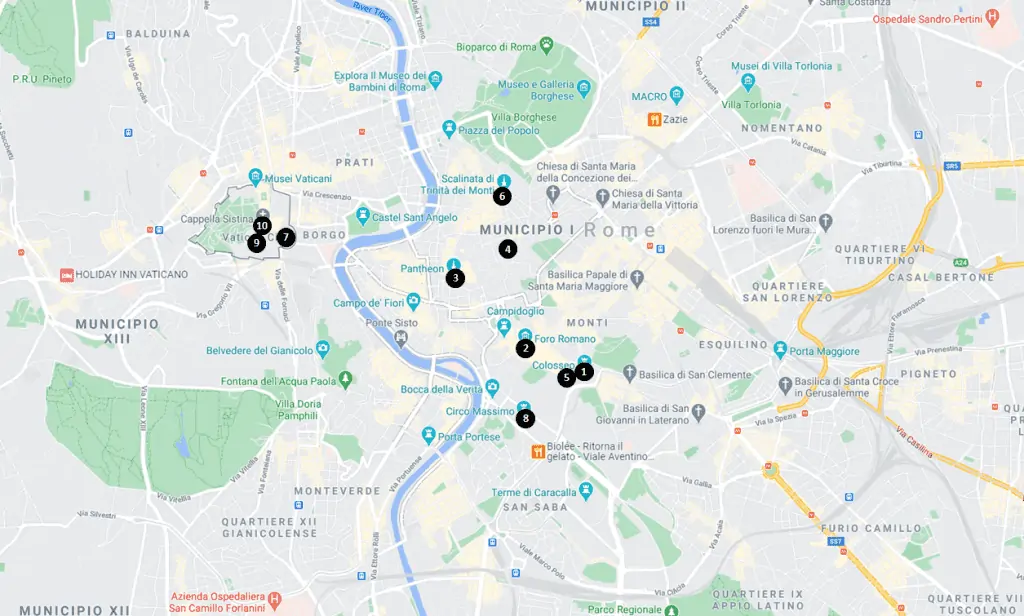
| The Colosseum | |
| The Roman Forum | |
| The Pantheon | |
| The Trevi Fountain | |
| The Arch of Constantine | |
| The Spanish Steps | |
| Saint Peter’s Square | |
| The Circus Maximus | |
| St Peter’s Basilica | |
| The Sistine Chapel |
The Colosseum
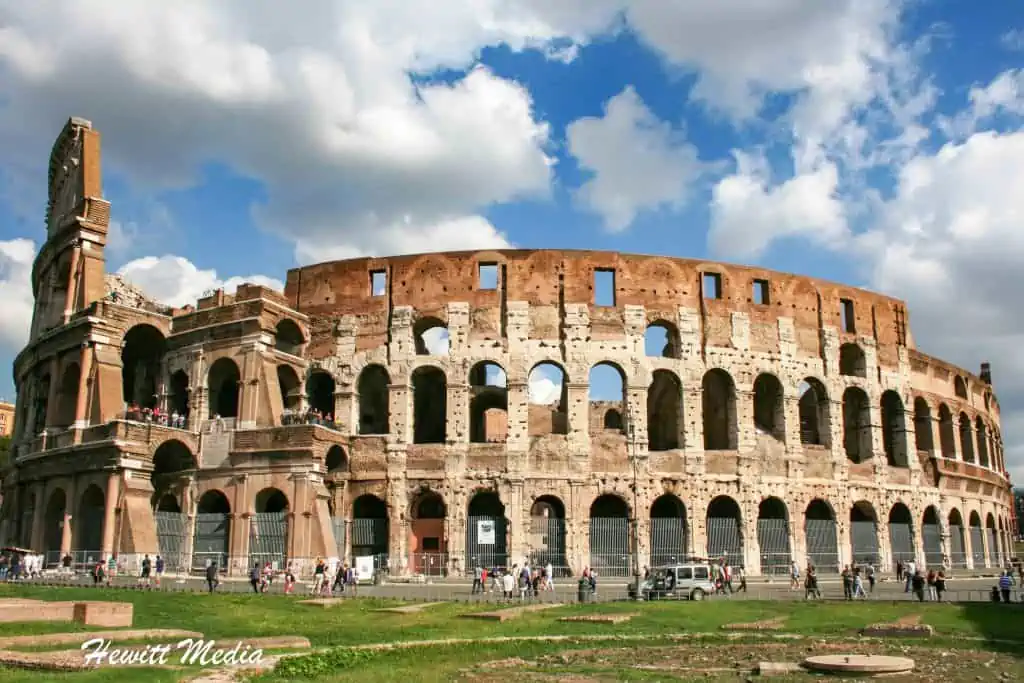
Considered to be the largest amphitheater in the world, the Colosseum, which is also referred to as the Flavian Amphitheatre, is one of the most famous landmarks in the city of Rome. Built between 72 A.D. and 80 A.D. by Emperor Vespasian for his successor, Titus, the Colosseum was built by thousands of slaves to the Roman Empire.
At the height of its use, the Colosseum would sit upwards of 50,000 eager spectators to view gladiatorial games and sports and was even flooded on occasion to host naval battles. The Colosseum is conveniently located near some other famous Roman landmarks, including the Circus Maximus and the Roman Forum, and is one of the stops for the popular hop-on-hop-off tour buses.
If you are planning on visiting the Colosseum, I would suggest skipping the line and buying your tickets online in advance. Please be aware that large bags and selfie sticks are prohibited inside the building, so make sure you leave those behind in your hotel before you visit.
The Roman Forum
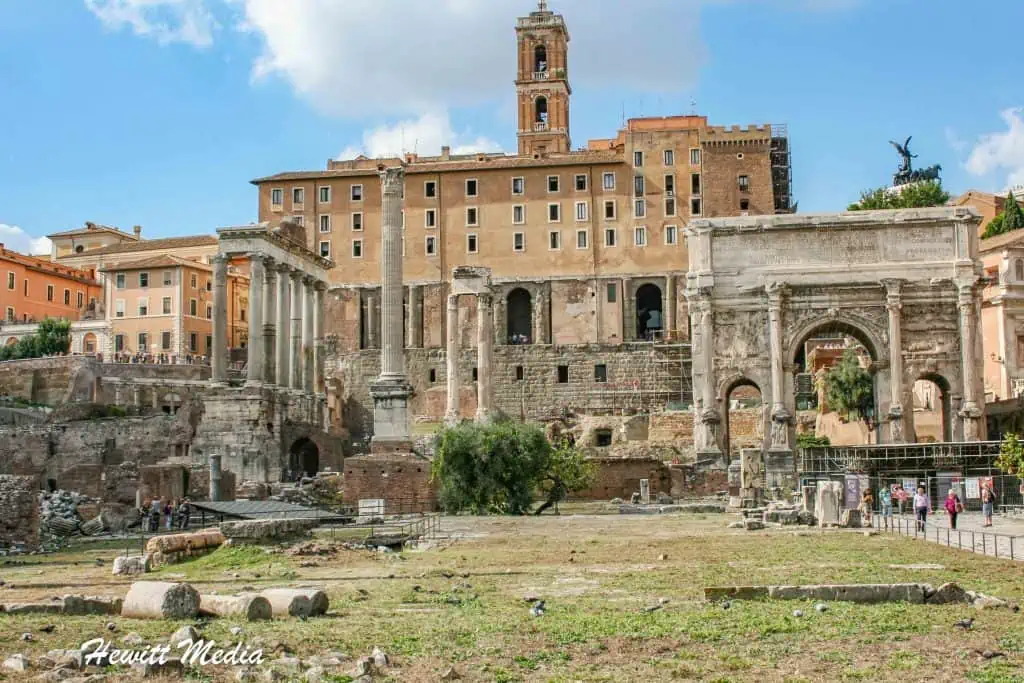
If you are interested in learning about Rome’s history during your visit, then you are not going to want to miss out on visiting the Roman Forum during your stay. The Forum is where you will find a seemingly countless number of ruins of basilicas, temples, governmental buildings, public structures, and memorials.
In fact, you will find some ruins that date as far back as the year 7 B.C. One of the most popular spots to visit is the tomb of Julius Caesar, where people continue to place flowers to this day. In my opinion, nowhere else in Rome will transport you back to the days of ancient Rome as vividly as a stroll through the Roman Forum.
In addition to using my Rome, Italy visitor guide, I would strongly recommend booking a guided tour of this area of the city. A guide will be able to properly explain to you what each ruin is and why it was significant to the city of Rome.
The Pantheon
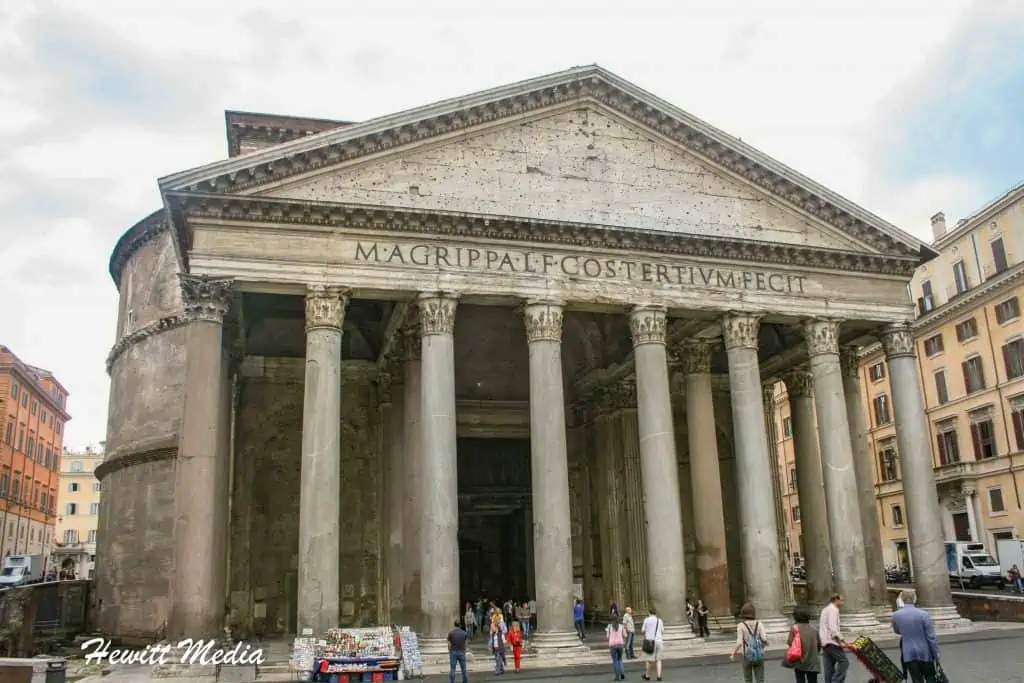
While originally constructed in roughly the year 27 B.C. by Marcus Agrippa, who was general of the Roman legions at the time and good friends with Emperor Octavian Augustus, much of what you see today is part of the reconstruction that was done around roughly 120 A.D. by the Emperor Hadrian.
This makes the Pantheon roughly 19 centuries old and one of the oldest structures that you will find in the city of Rome. The name “Pantheon” is derived from the Greek adjective that means to “honor all gods”, which helps to explain a great deal of what the building was used for. It was constructed to pay worship to the Roman pagan gods of the time.
On Rome’s birthday, April 21st of each year, when the sun is at the equinox, a beam of light shines through the hole at the center of the Pantheon’s roof exits through the grill above the entrance gate, and lights up the courtyard. The fact that the Romans were able to engineer the building this way roughly 2,000 years ago is absolutely mind-blowing.
The Trevi Fountain
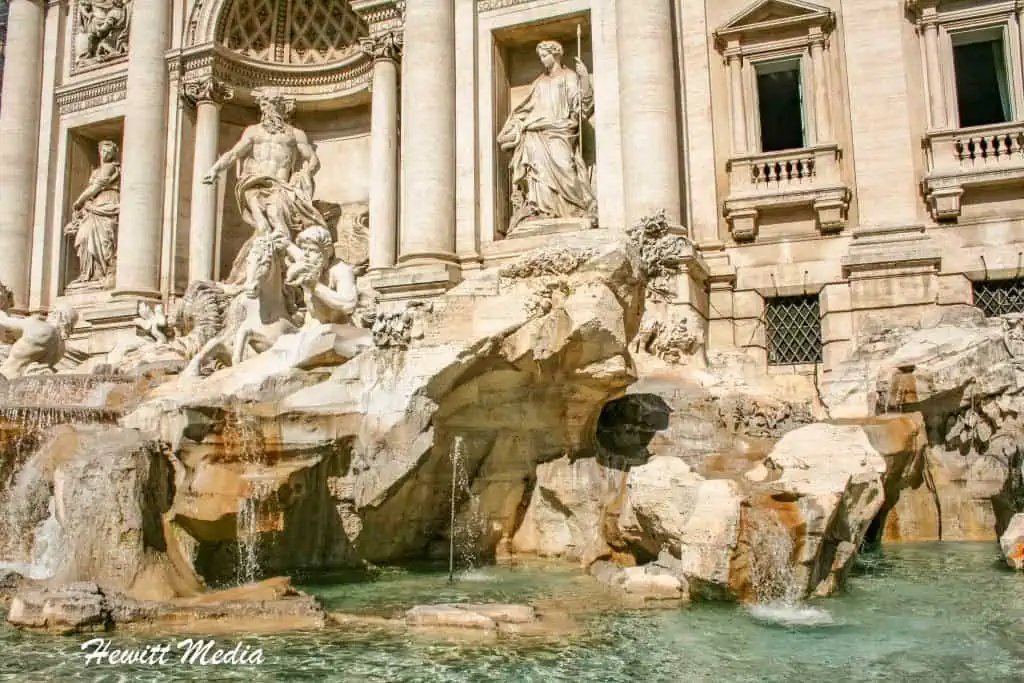
Widely considered one of the most famous and beautiful fountains in the whole world, the Trevi Fountain in Rome is more than just a beautiful collection of statues and waterworks. Because the fountain is located at the junction of Rome’s three earliest roads, it was given the name Fontana di Trevi, which translates to mean “Three Street Fountain”.
What many visitors may not know is that the earliest version of the fountain was far from as visually spectacular as the current version of the fountain. Unimpressed with the fountain’s design back in 1629, Pope Urban VIII asked the fountain’s architect, Gian Lorenzo Bernini to improve upon it. The result of those improvements is the glorious fountain you see today.
Like many famous fountains, it is said that throwing a coin into the Trevi Fountain will make your wish come true, but with a twist. You must throw a coin with your right hand over your left shoulder, with your back to the Fountain. Throwing one coin in means you will return to Rome one day. Throwing two means you will return and fall in love. When you visit the fountain, have my Rome Travel Guide handy so that you make sure you get the sequence of your coin toss right!
The Arch of Constantine
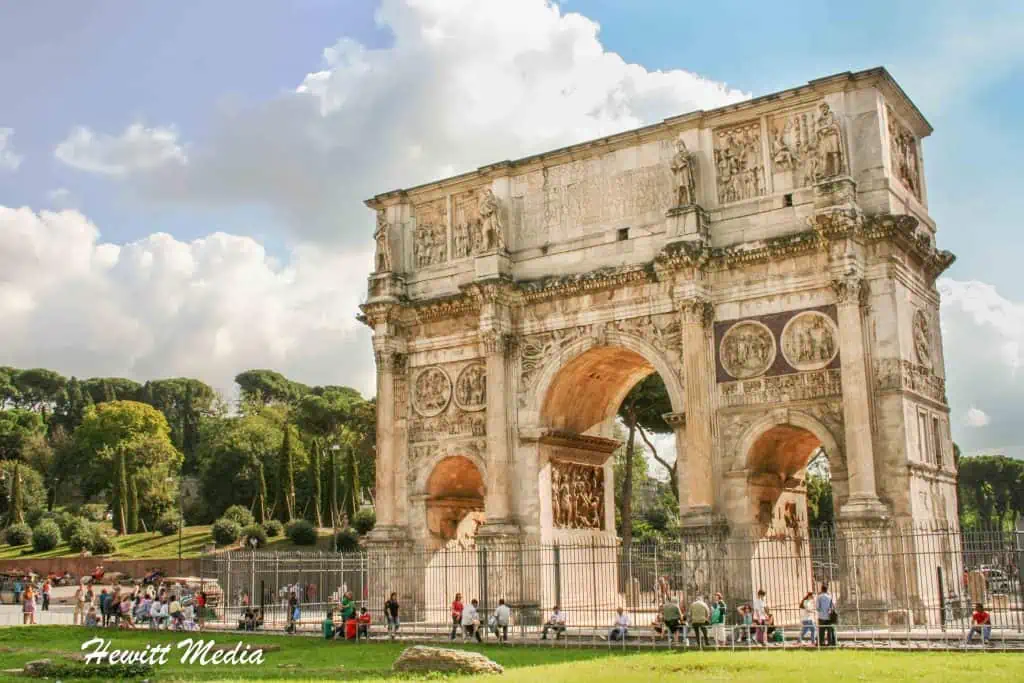
Located between the Colosseum and the Palatine Hill in Rome, the Arch of Constantine is a breathtakingly beautiful stone archway that was commissioned by the Roman Senate to commemorate Emperor Constantine and his victory over Maxentius at the Battle of Milvian Bridge in AD 312.
The location of the arch is significant in that it spans the Via Triumphalis, which is the route that was taken by victorious military leaders when they re-entered Rome after a successful military campaign. If you would like to see some cool shots of the detail on the Arch of Constantine, please refer to the photo gallery at the end of my Rome, Italy visitor guide.
The Spanish Steps
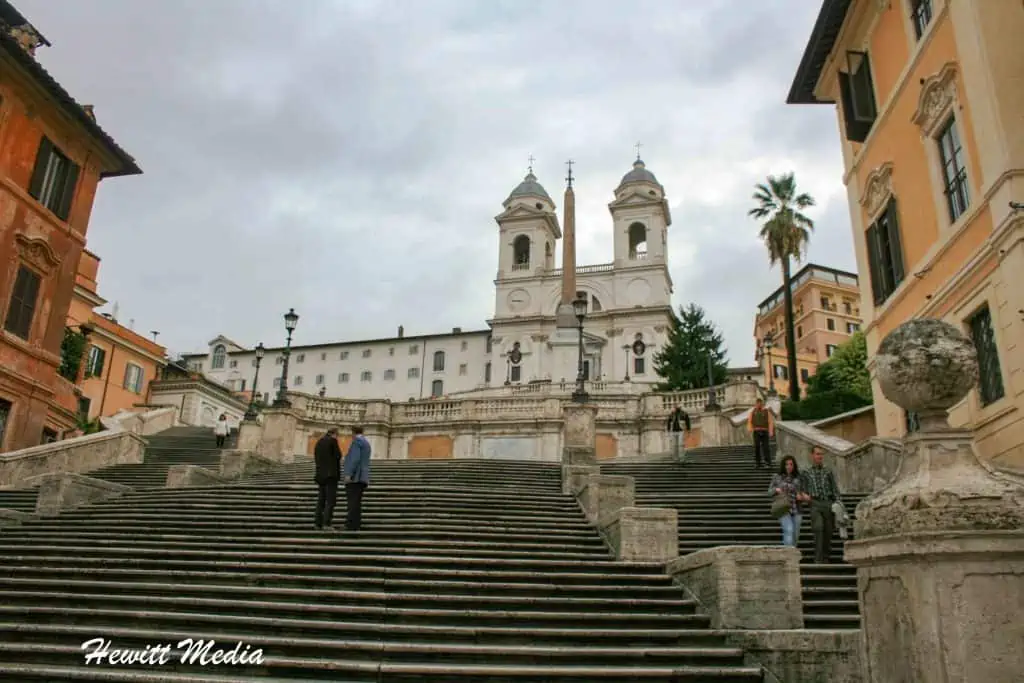
Made famous by the 1953 blockbuster film “Roman Holiday” starring Audrey Hepburn and Gregory Peck, the Spanish Steps have quickly become one of Rome’s most popular modern tourist landmarks. Constructed between 1723 and 1725, the steps were built to connect the newly constructed Trinità dei Monti Church on Pincian Hill to the city square down below.
The steps were actually funded by the French diplomat Étienne Gueffier and got the name “the Spanish Steps” because of their vicinity to the Spanish Embassy to the Vatican, which is located in the Piazza di Spagna at the bottom of the steps. If you are planning on visiting the Spanish Steps during your visit to Rome, please be aware that you are not allowed to sit on the steps for any reason. You should also be very careful about where you are taking pictures of the steps because you are not allowed to photograph the Spanish Embassy in the square.
Saint Peter’s Square
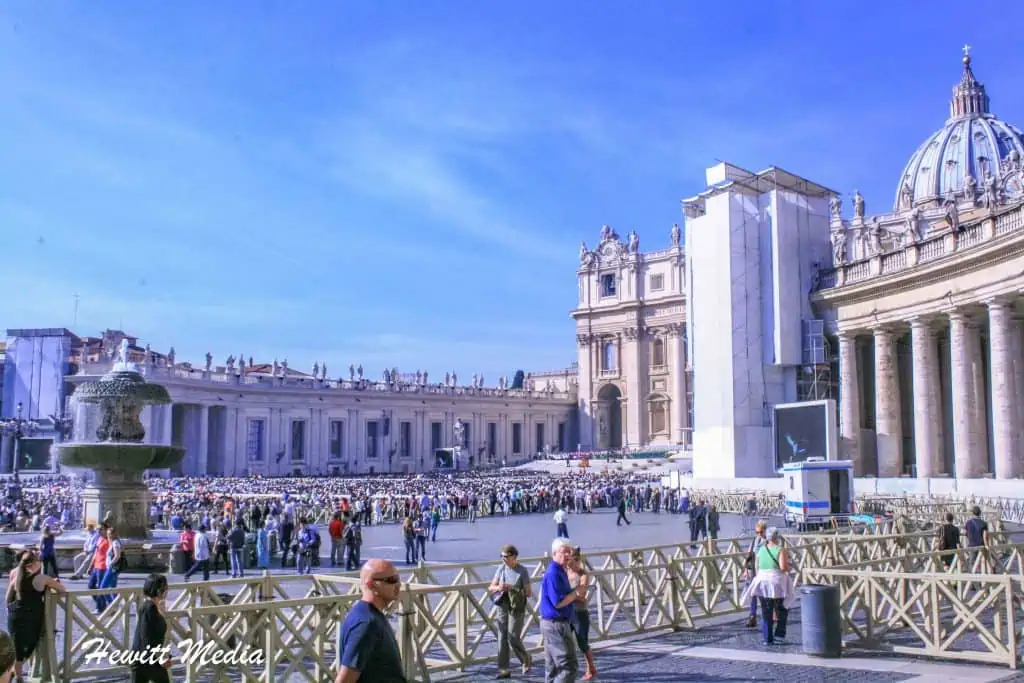
No visit to Rome is complete without also visiting the Vatican. While technically its own city, Vatican City is located near the heart of the city of Rome. One of the most famous and beautiful spots within the Vatican City is Saint Peter’s Square.
The square is named after Jesus’s disciple Peter, who Jesus said was the “rock” of his church and was the first leader of the Catholic Church. Saint Peter’s Square is used by the Pope to deliver important addresses. It is also the famous location where spectators camp out to look for the white smoke to indicate that a new Pope has been chosen when one is elected.
Even if you aren’t an overly religious person, you won’t be able to help but be moved by the breathtaking beauty of the square and the historical significance of it. I would definitely recommend spending at least a full day or two touring the Vatican itself. In addition to using my Rome, Italy visitor guide, I would also suggest hiring a tour guide if you can. The history and insight that a tour guide will be able to provide you during your tour of the Vatican City will be invaluable.
The Circus Maximus
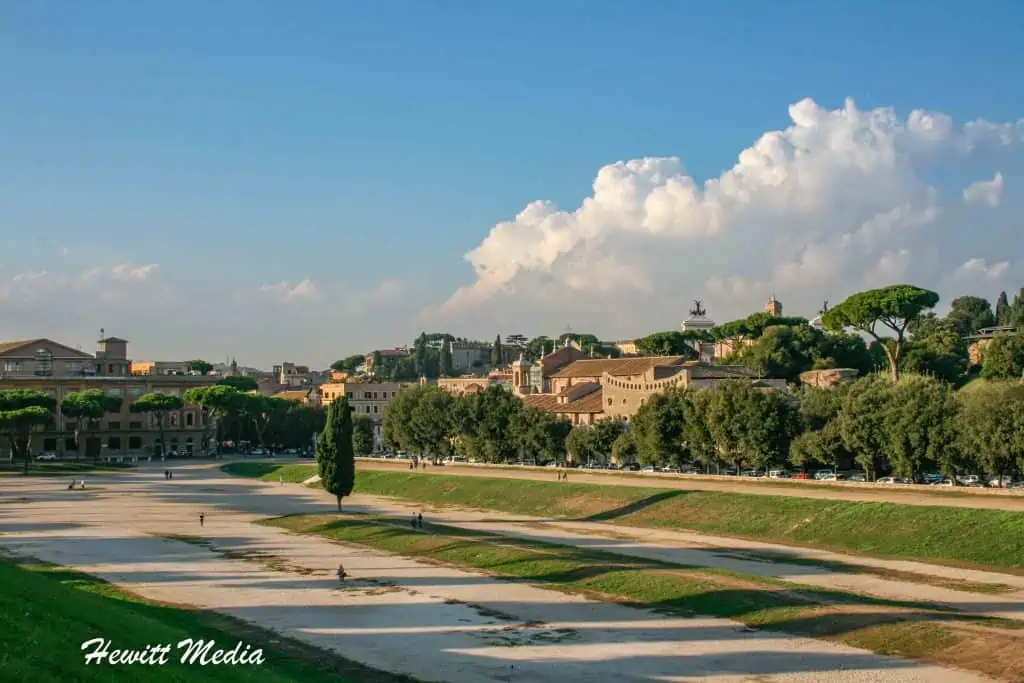
One thing that the ancient Romans absolutely excelled at was creating entertainment. Most travelers to Rome are very familiar with the Colosseum and the role that it played in entertaining the people of Rome with gladiatorial matches and battles. However, there was another venue in ancient Rome that played an equally important role in entertaining the citizens of the city.
The Circus Maximus was a massive stadium that was used to hold Roman chariot races. Located between the Aventine and Palatine Hills, it was the largest stadium in the entire Roman Empire at the height of its use. However, it wasn’t always used for happy, entertaining events. During the period when Christians were persecuted by the Roman Empire, many Christians were crucified in the stadium.
Today, this large area is used for sports activities, concerns, and public events. In addition to using my Rome, Italy visitor guide, I would strongly recommend booking a guided tour of the Circus Maximus as they will be able to provide you with valuable historical insight and context.
St Peter’s Basilica
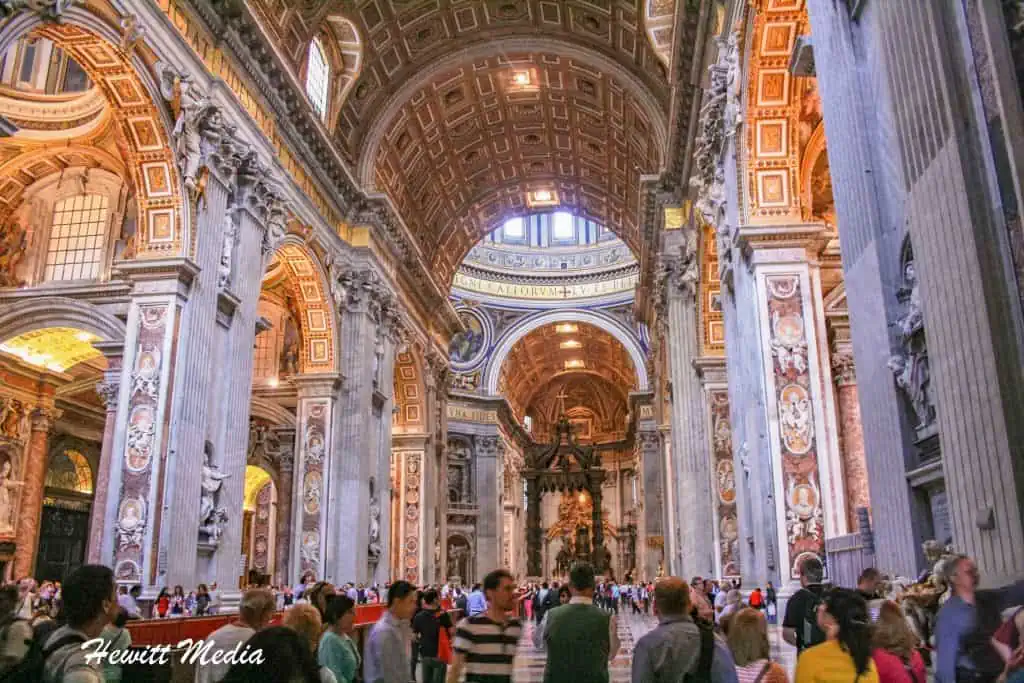
If there is one building in this world that symbolizes Catholicism above all others, that building would have to be the Saint Peter’s Basilica in Vatican City. Named after Peter, the disciple of Jesus, the Basilica was designed by Donato Bramante, Michelangelo, Carlo Maderno, and Gian Lorenzo Bernini during the Renaissance and is one of the era’s most beautiful pieces of architecture.
It is one of the holiest Catholic shrines and is known throughout the world as the “greatest of all churches of Christendom”. If you are planning on visiting the Vatican while in Rome, then touring St. Peter’s Basilica is an absolute must.
In addition to using what you read in my Rome, Italy visitor guide, I would also suggest hiring a tour guide for your visit. Your guide will be able to provide you with historical context that will make your visit even more special. If you can, I would also try and arrange a visit to the tomb of Saint Peter, which lies in the catacombs below the basilica.
They only allow a small group of people a day to tour, so you will have to book your spot well in advance. It was the single most humbling experience of my life to gaze upon the final resting place of a man who walked with and learned from Jesus himself.
The Sistine Chapel
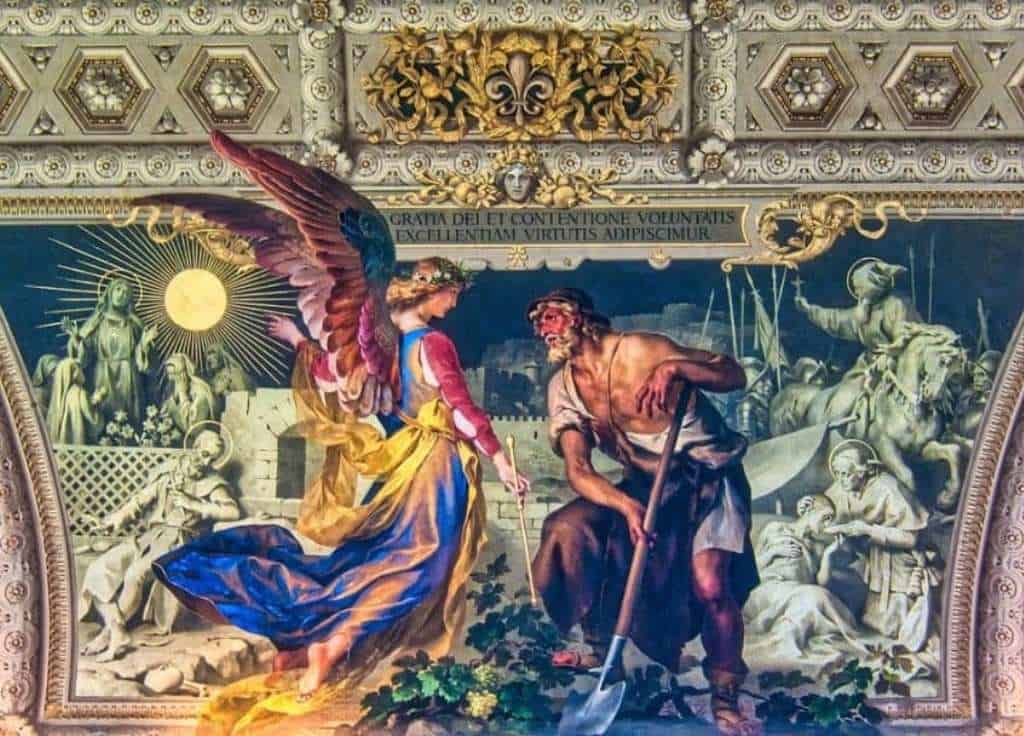
The Sistine Chapel is arguably one of the most famous chapels in the entire world. Located in the Apostolic Palace, which is the official residence of the Pope in Vatican City, the chapel gets its name from Pope Sixtus IV, who restored the chapel between the years 1473 and 1481. The chapel is most famous for the frescos that decorate the interior of the chapel, including the ceiling of the chapel and the Last Judgement by the famed artist Michelangelo. In fact, Michelangelo’s painting on the chapel ceiling is widely considered to be one of the major artistic achievements of mankind.
If you are planning on touring the Sistine Chapel, in addition to the information in my Rome, Italy visitor guide, I would recommend booking a tour guide. Not only will they be able to provide historical context that will make your visit more special, but typically tour groups can jump to the front of the line and get you expedited access.
IMPORTANT NOTE: If you are thinking about taking photographs of the famed frescos inside the chapel, please be aware that any photography or videography inside the chapel is prohibited.
How to Get to Rome, Italy
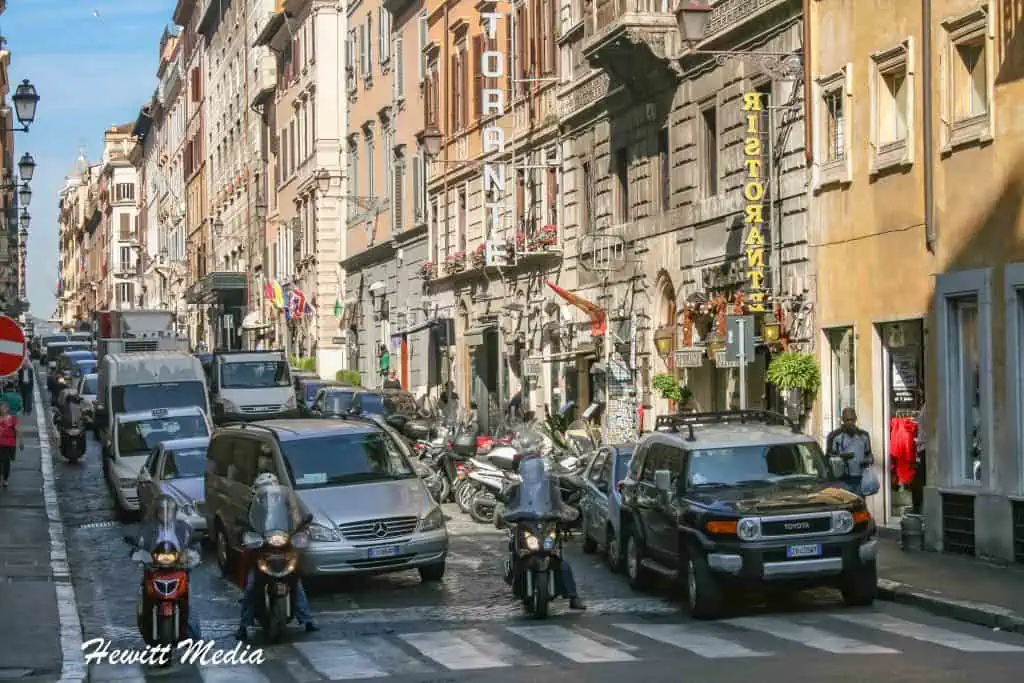
If you are traveling to Rome from outside of Italy, the quickest way to get there would be to fly into Rome’s Leonardo da Vinci–Fiumicino Airport (FCO). For those who are traveling to Rome from elsewhere in Italy or Europe, in addition to being able to fly into Rome, you also have the option of taking the high-speed rail or renting a car and driving to Rome.
The rail system in Europe is extraordinarily efficient and cost-effective, so using the rail system to get around Italy would be my top recommendation. However, if you are looking for some flexibility in being able to get from place to place in your own timeframe, renting a car is an effective option.
If you plan on driving in Italy, the US consulate recommends obtaining an international driver’s license before departing for your trip. For a better idea of where Rome is located in relation to other large Italian cities and what the traveling time to Rome is from those cities, I have included a map in my Rome, Italy visitor guide for you to review below.
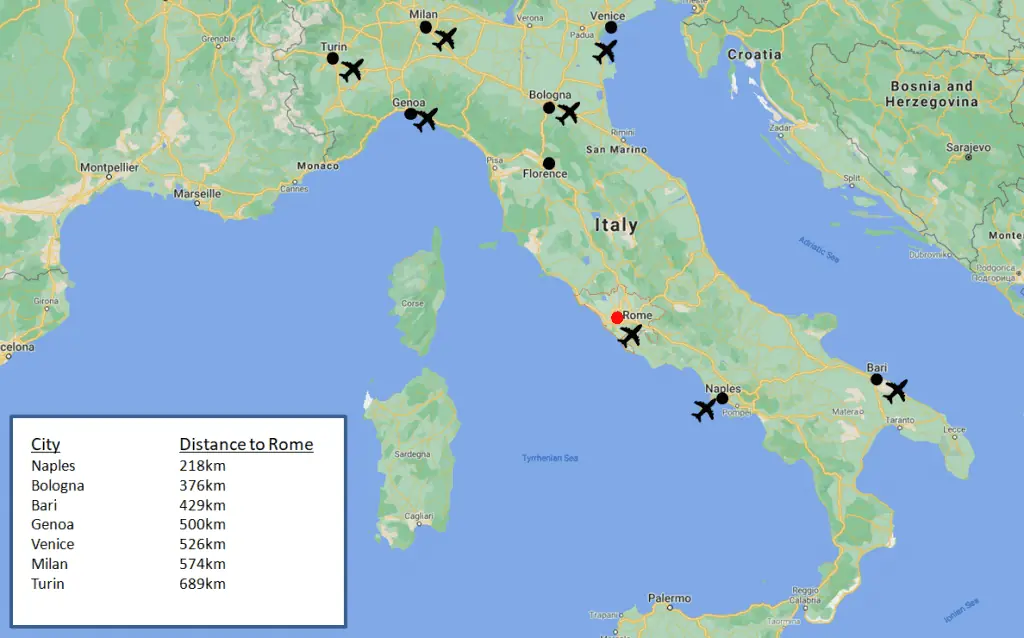
Best Times to Visit Rome, Italy
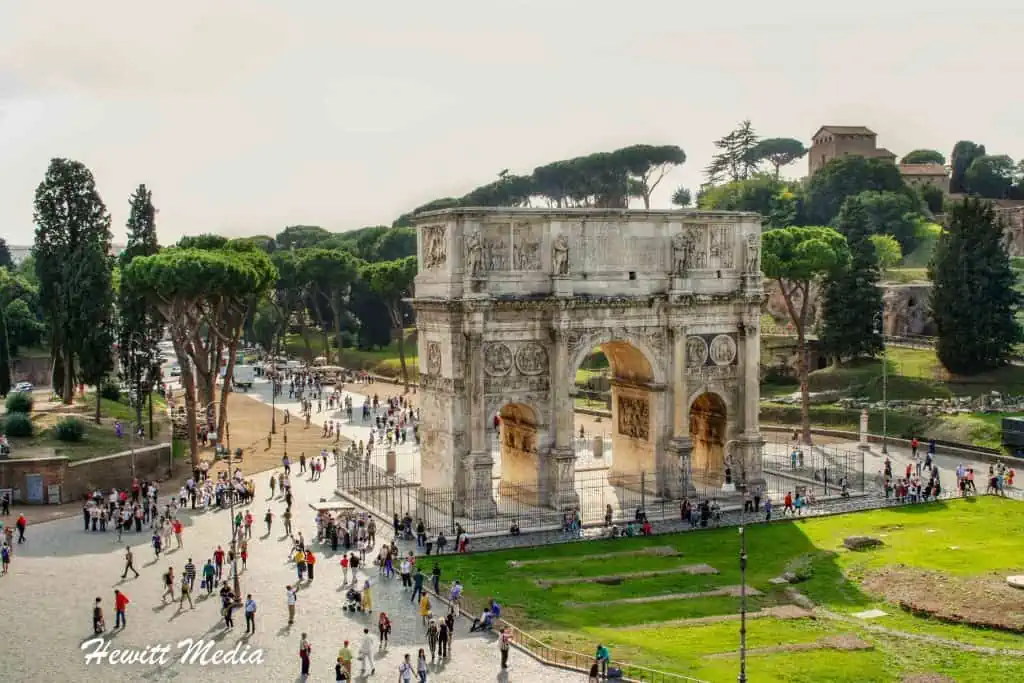
When planning a trip to Rome, you will want to make sure you take into account factors such as weather and precipitation levels to make sure you are visiting during the optimal time of year for your trip. Depending on what you plan to do during your visit, the weather you get while you are there can have a very big impact on your trip.
The last thing you want is to not be able to see and do what you came for because of the weather. To assist you in picking the perfect time of year for your trip, I have included information on the average temperature and precipitation levels in Rome in my Rome, Italy visitor guide for you to review below.
Average Temperature (°F)
While the temperatures in Rome typically don’t get to be too extremely hot or cold, there is a pronounced difference in the average temperatures throughout the year. During the winter months of December through February, low temperatures can dip into the upper 30’s, and the high temps don’t usually exceed the upper 50’s.
If you are planning on spending a great deal of time outdoors during your visit, you may want to avoid visiting during the winter months. On the other hand, the summer months of June through August can get quite hot during the summer. Average highs can reach into the upper 80’s or even 90’s. If you aren’t accustomed to the heat or would prefer to avoid uncomfortably hot temperatures, you may want to avoid visiting in the summer.
In my opinion, the late spring and early autumn months of May and October are the best months of the year to visit Rome from a temperature standpoint. The average high temperatures aren’t typically too hot and the average lows are still relatively warm. If you decide to visit during these months, you also have the added advantage of avoiding some of the larger summer crowds of tourists visiting Rome.
Average Precipitation (Inches)
If you are planning on doing a lot of exploring outdoors while in Rome, then the last thing you are going to want during your visit is a lot of rain. For that reason, I would suggest you take into account the average precipitation levels throughout the year before planning your visit.
If you are looking to avoid wet weather, then you are definitely going to want to avoid the autumn months of September through November. These months typically see the most precipitation throughout the year. Instead, I would target either the spring or summer months, which tend to be much drier in Rome.
Where to Stay in Rome, Italy
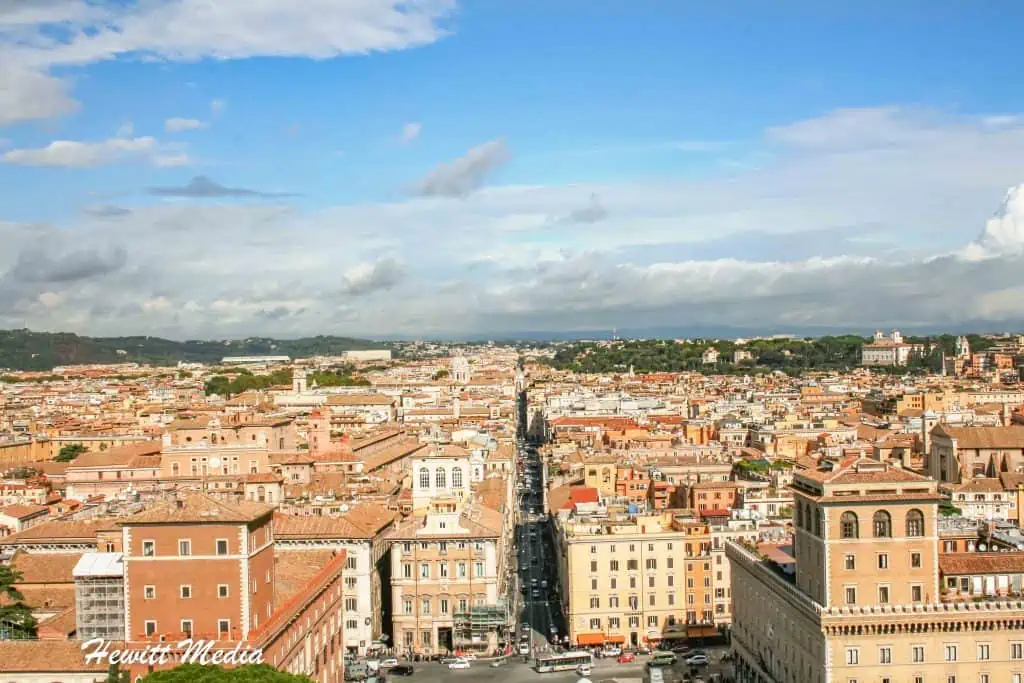
One of the most important decisions you are going to have to make when planning your trip to Rome is where you will stay. When you travel, the accommodations you choose are oftentimes amongst the biggest expenditures for your trip.
So not only do you need to be comfortable where you are staying, but you also need to be comfortable with how much you are paying to stay there. Finding the right accommodations for your trip involves looking at the amenities, the location, and most importantly, the price.
If you are starting to plan your trip to Rome and want some hotel and hostel suggestions, I have included some great options at different price points in my Rome, Italy visitor guide below for you to review. As always, don’t be afraid to expand your search to room-sharing sites such as Airbnb or VRBO if you aren’t finding a hotel or hostel that meets your needs.
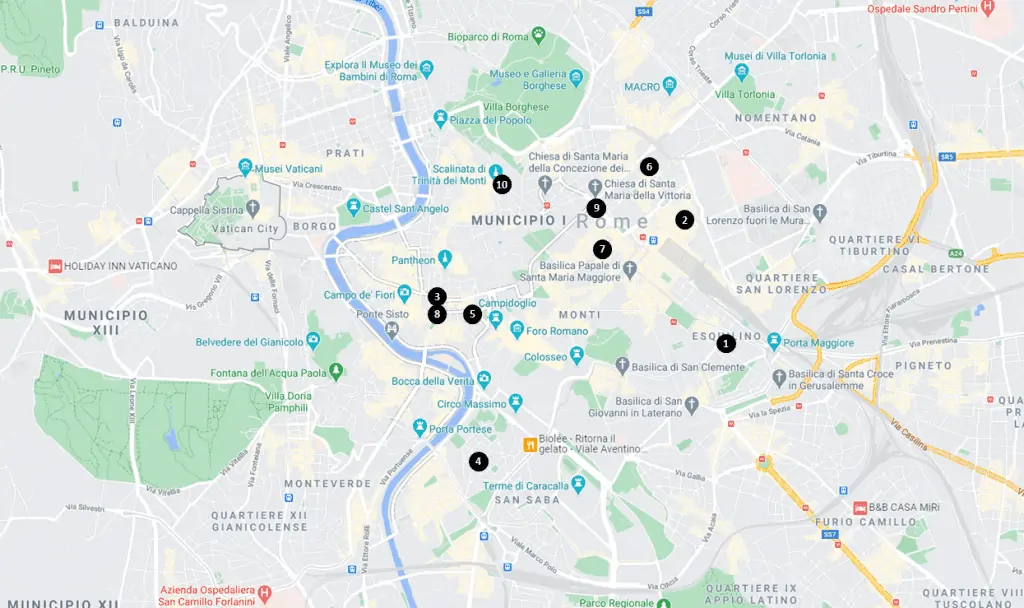
Where to Eat in Rome, Italy
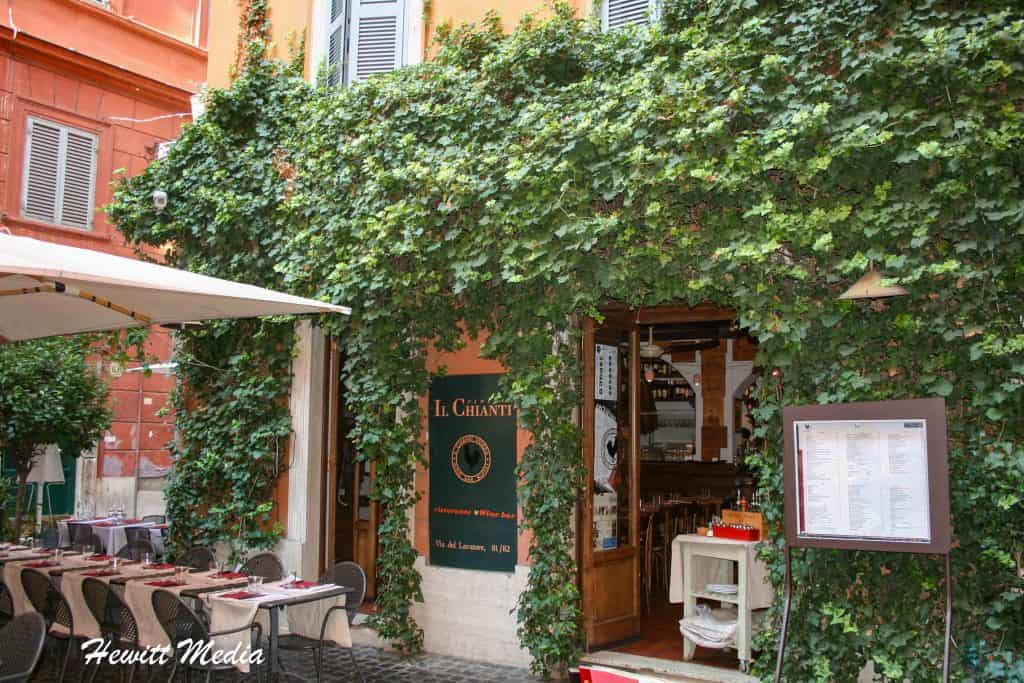
When most people plan a trip, the primary focus is on how to get there, where to stay, and what is on the list of things to see and do. What many travelers neglect to plan, is where to eat when you are there.
Granted, it is sometimes fun to be spontaneous when choosing a restaurant while traveling, and it is always smart to get recommendations when you arrive. However, it can also be advantageous to have some ideas of restaurants you would like to try during your trip written down beforehand as well.
This way you can be assured that you won’t miss out on a highly recommended culinary experience that you will regret. To help you decide on some restaurants in Rome to add to your list, I have included a list of some highly recommended options for you to review in my Rome, Italy visitor guide below.
| Restaurant | Cuisine | Price |
|---|---|---|
| Bono Bottega Nostrana | Italian, Mediterranean, Romana | $ |
| StuPisci | Italian, Seafood, Mediterranean | $$-$$$ |
| Da Enzo Al 29 | Italian, Mediterranean, Contemporary | $$-$$$ |
| Le Mani in Pasta | Italian, Seafood, Mediterranean | $$-$$$ |
| Da Fortunato al Pantheon | Italian, Mediterranean, Romana | $$$$ |
| Ristorante Sandalia | Italian, Seafood, Mediterranean | $$$$ |
In addition to the restaurant recommendations above, TripAdvisor has a really amazing article on the top pasta places to eat in Rome. If you love pasta, then I would definitely recommend checking out the recommendations that I linked to below.
| READ MORE: | |
 |
|
| The 10 Best Pasta Places in Rome | |
Recommended Tours in Rome, Italy
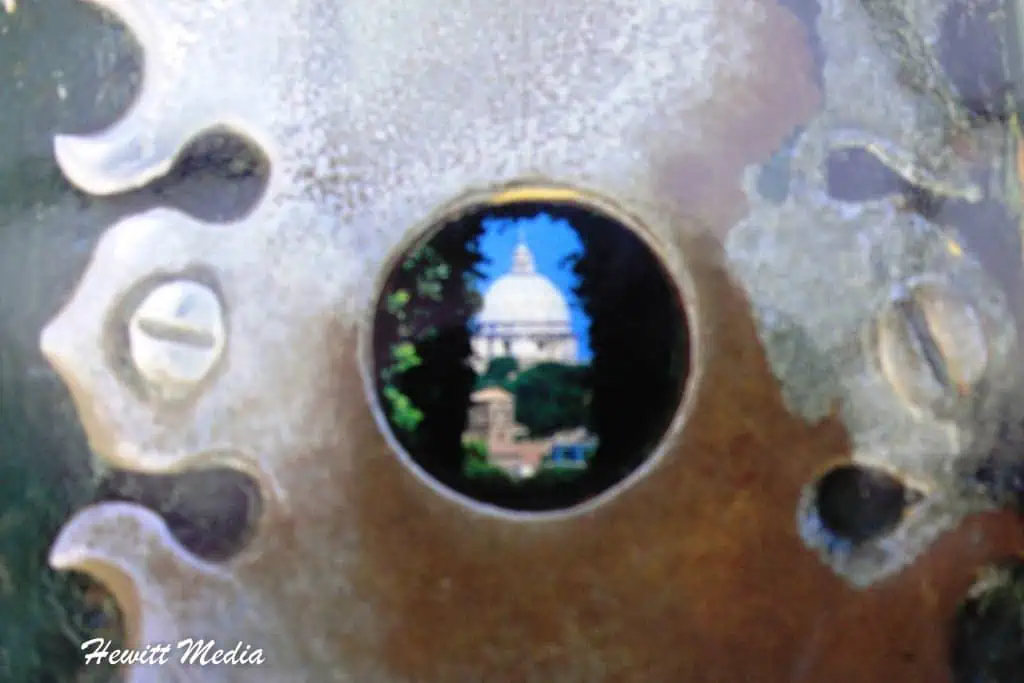
There is an abundance of amazing things to see and do in the Rome area and one of the best ways to experience those things is on a tour. If you are looking for fun tours and excursions to fill out your trip, I have included some category links to recommended tours and excursions in my Rome, Italy visitor guide that you can review below.
Recommended Rome, Italy Sightseeing Tours
Recommended Rome, Italy Food and Drink Tours
Recommended Day Trip Tours from Rome, Italy
Recommended Transportation and Airport Transfers
Rome, Italy Photo Gallery
Rome is such a beautiful city that you have to almost try to not get great photographs to come away without some amazing images when you visit. If you are interested in seeing some of the many great pictures I was able to take during my visit, I have included a photo gallery in my Rome, Italy visitor guide for you to review below.
If you would like to see more of my travel photography, I would also encourage you to give me a follow on Instagram. Putting this blog together to pass on my free guides, itineraries, and travel photography tips is a lot of work and your support in the form of a follow-on Instagram would be so very much appreciated!
FOLLOW ME!
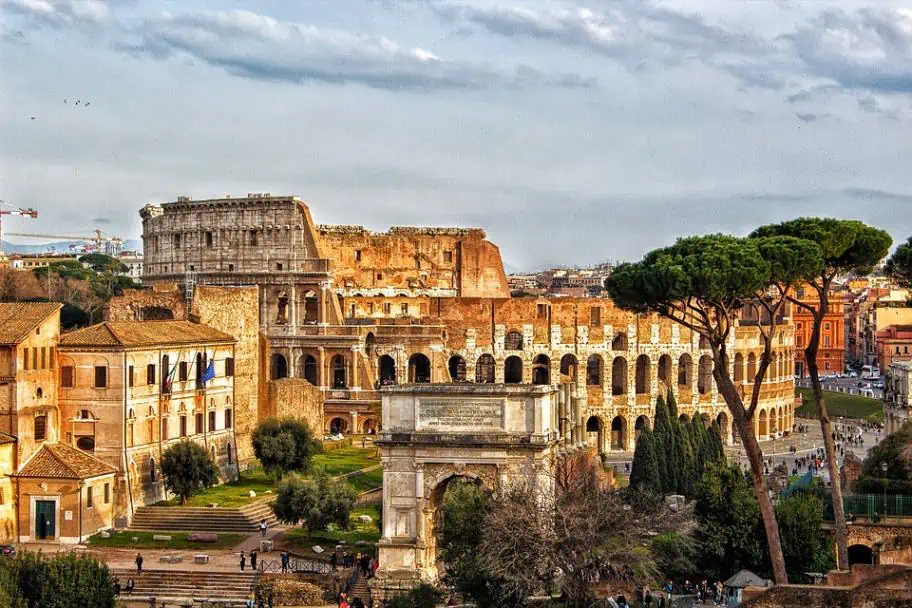
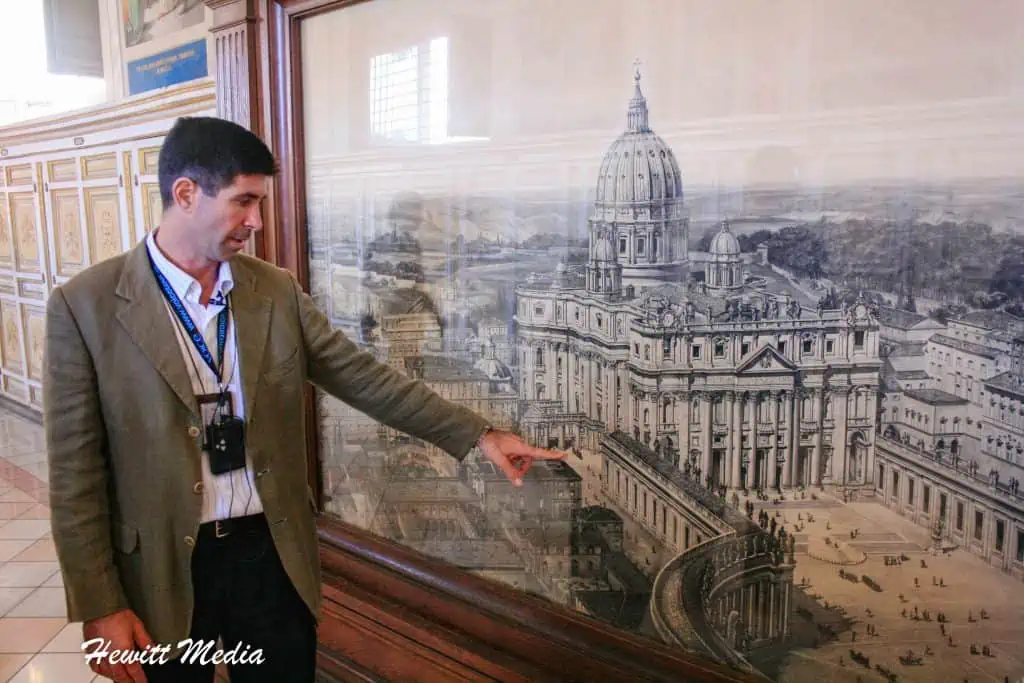
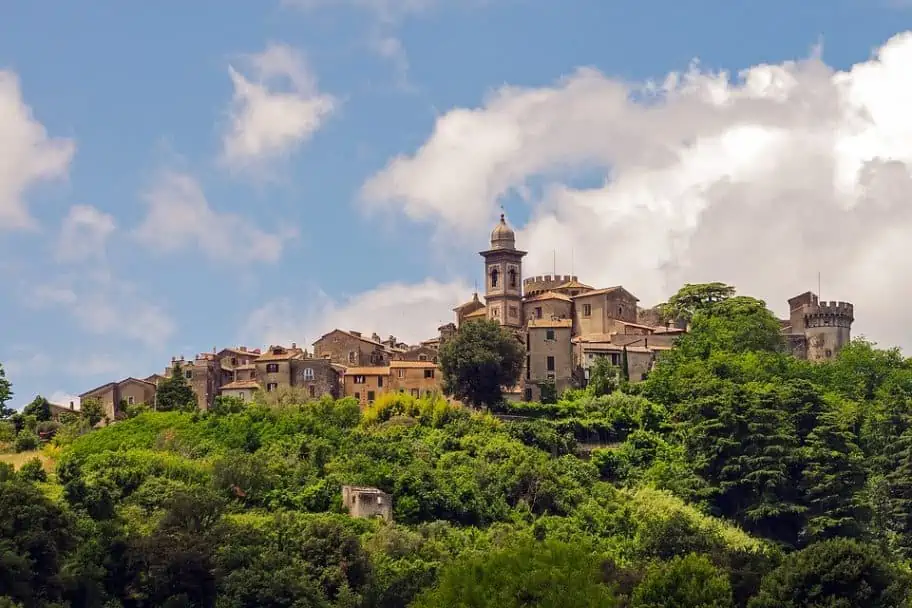

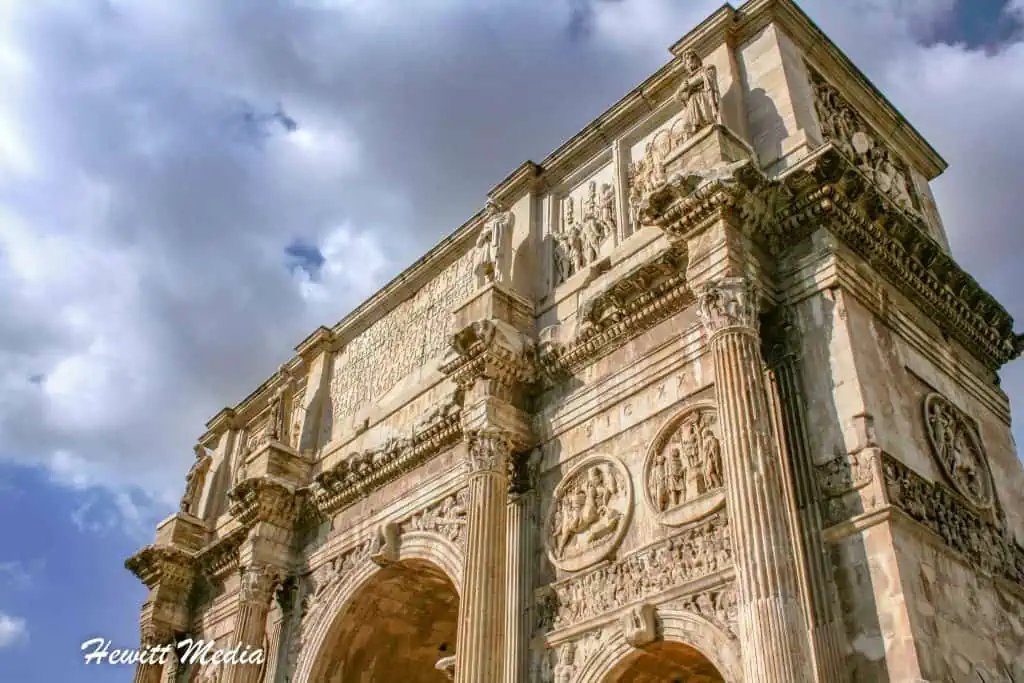

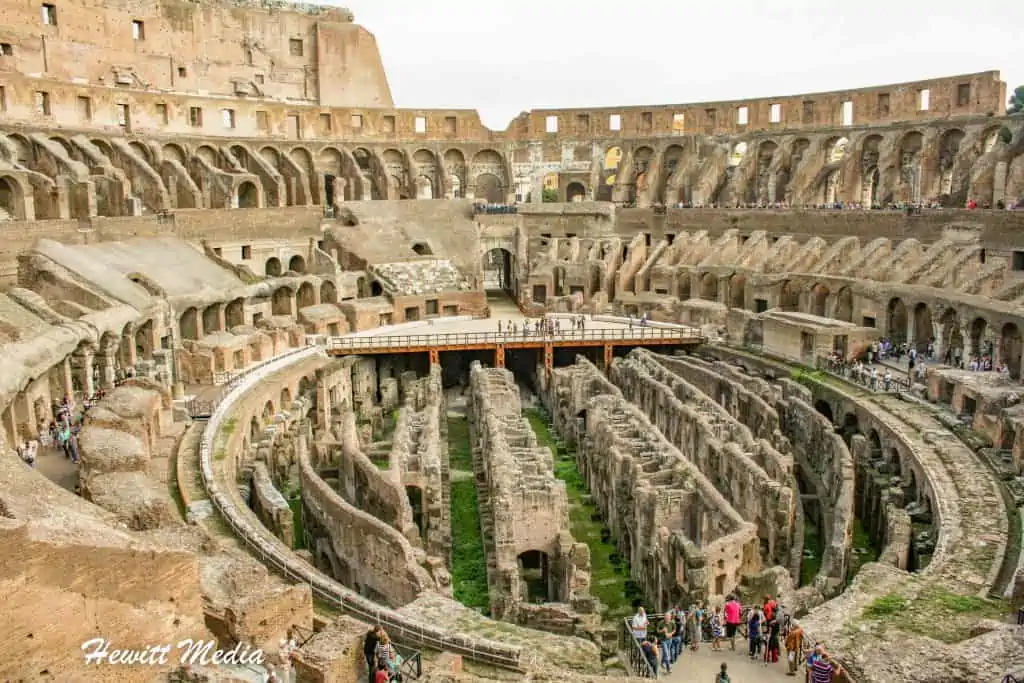

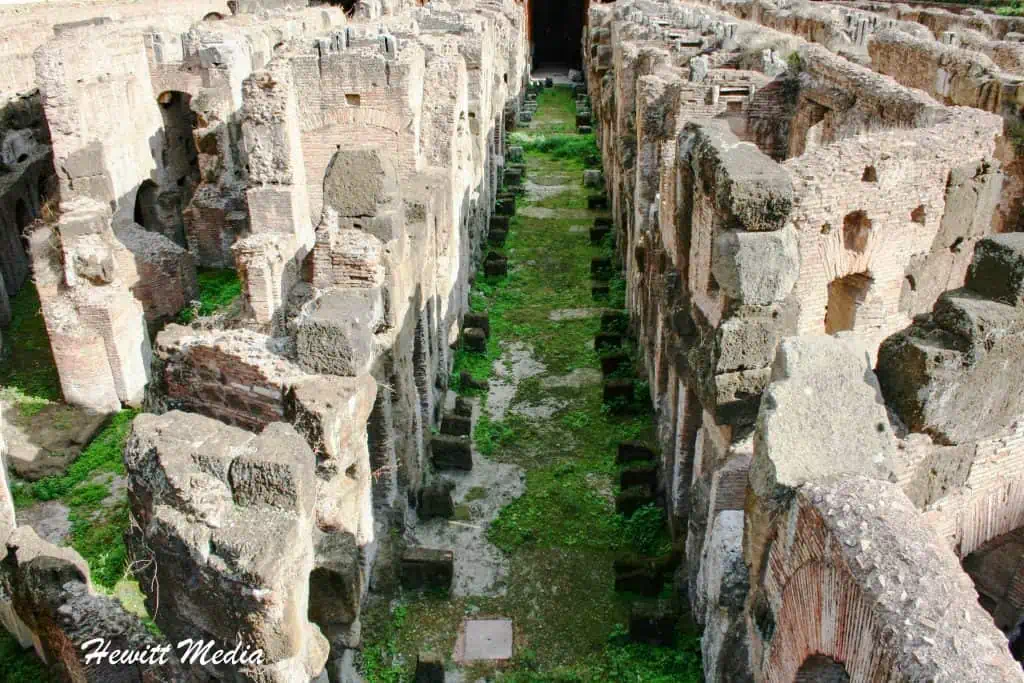
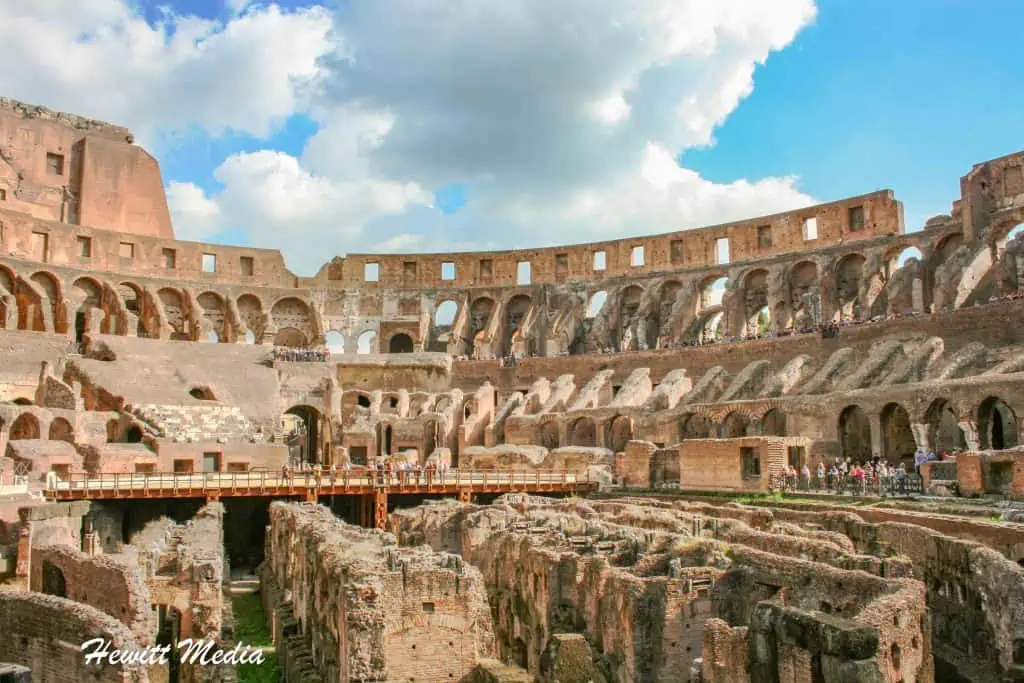
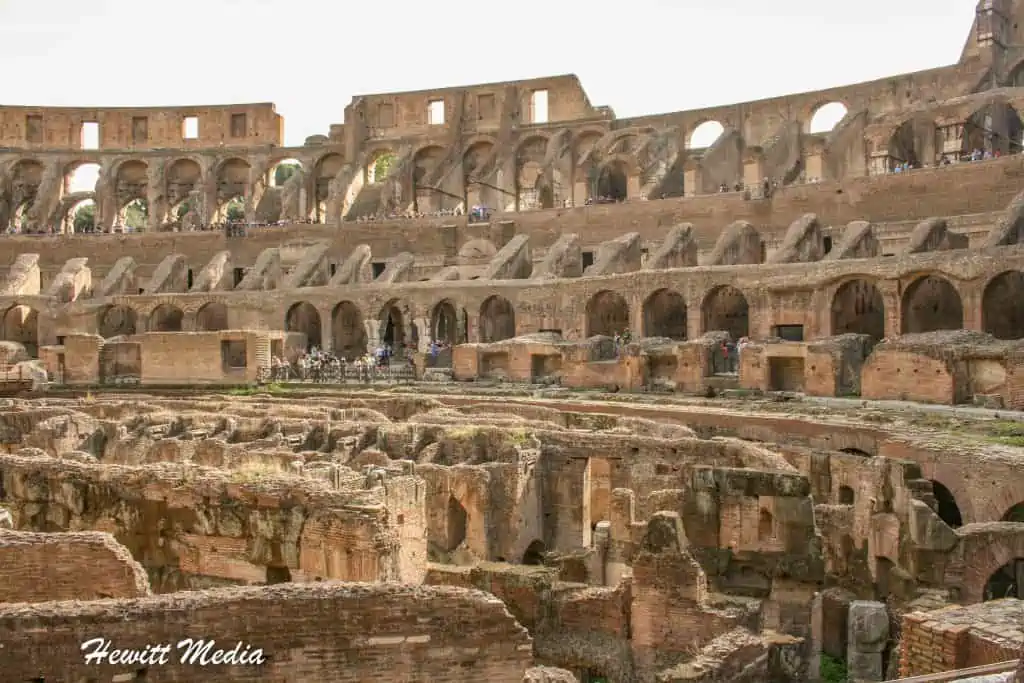
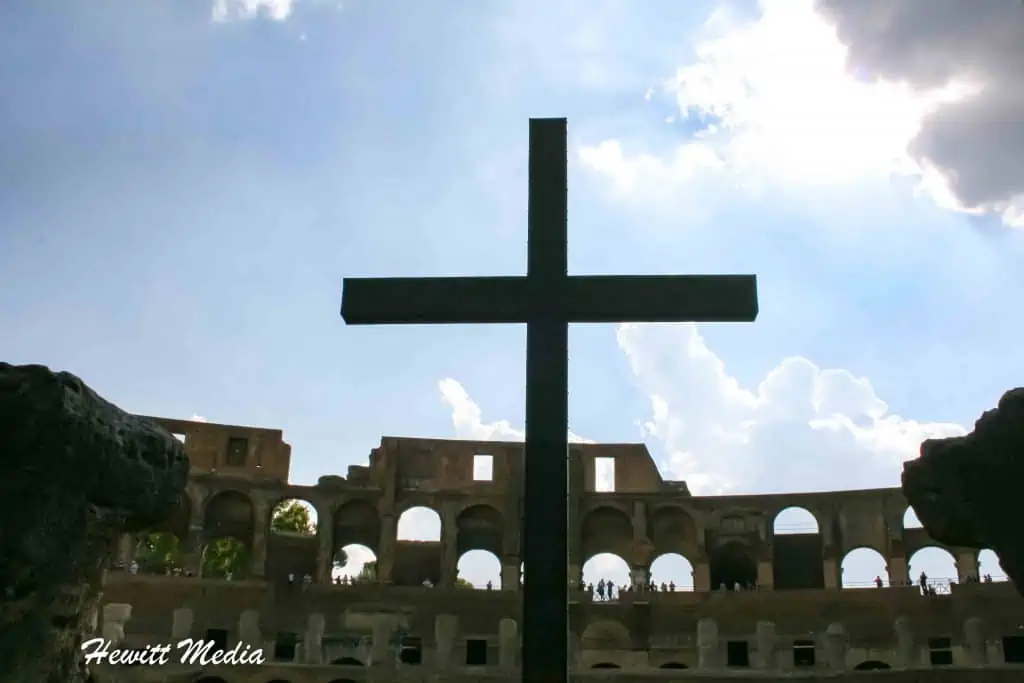
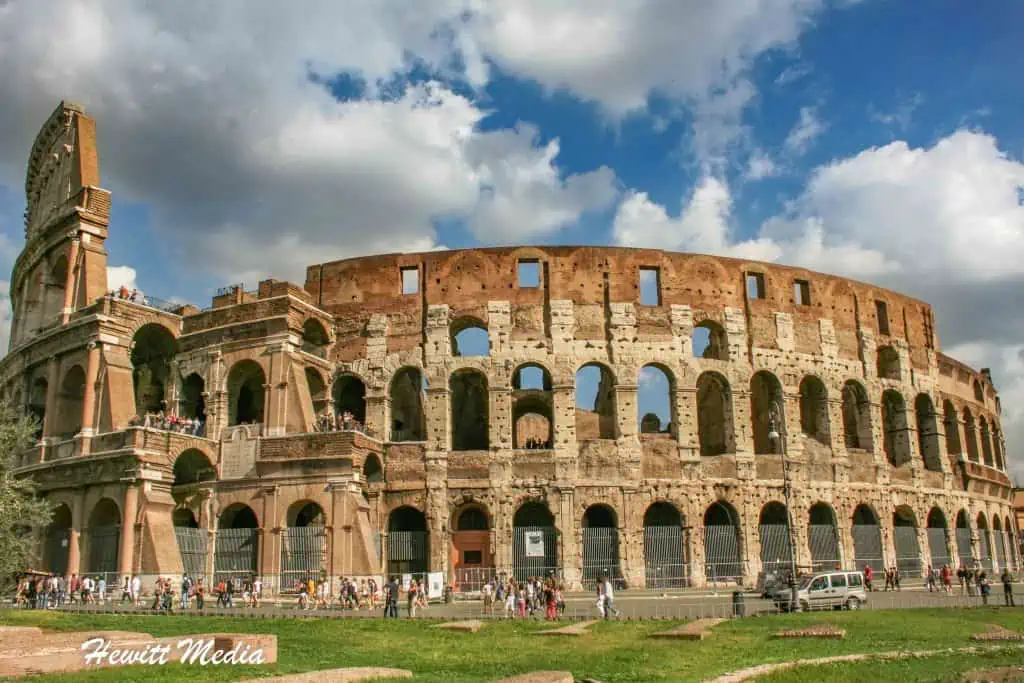


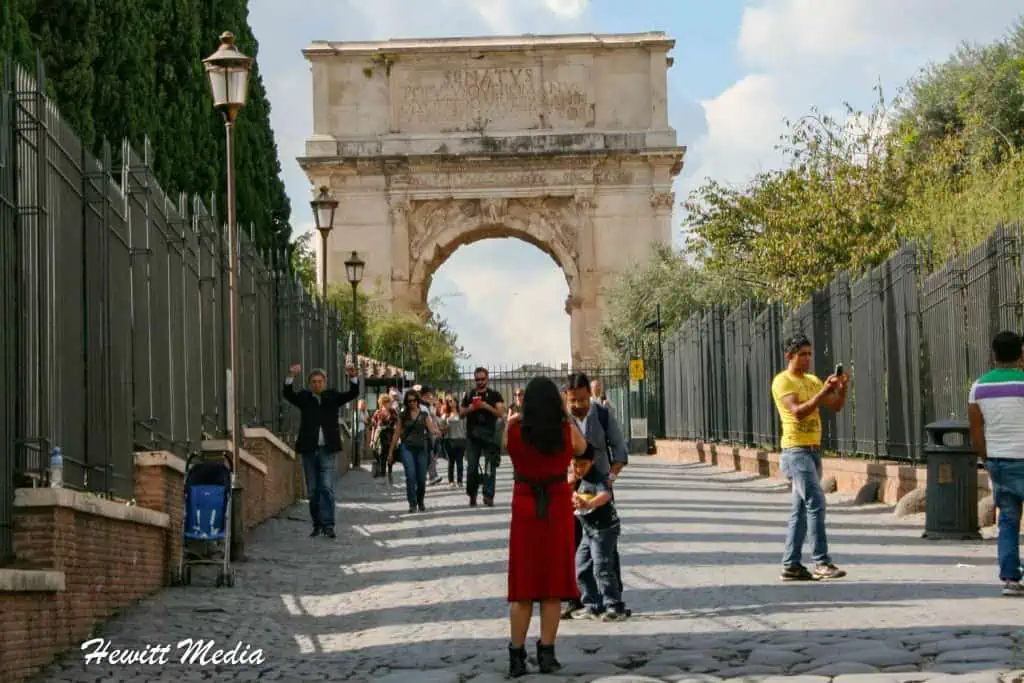
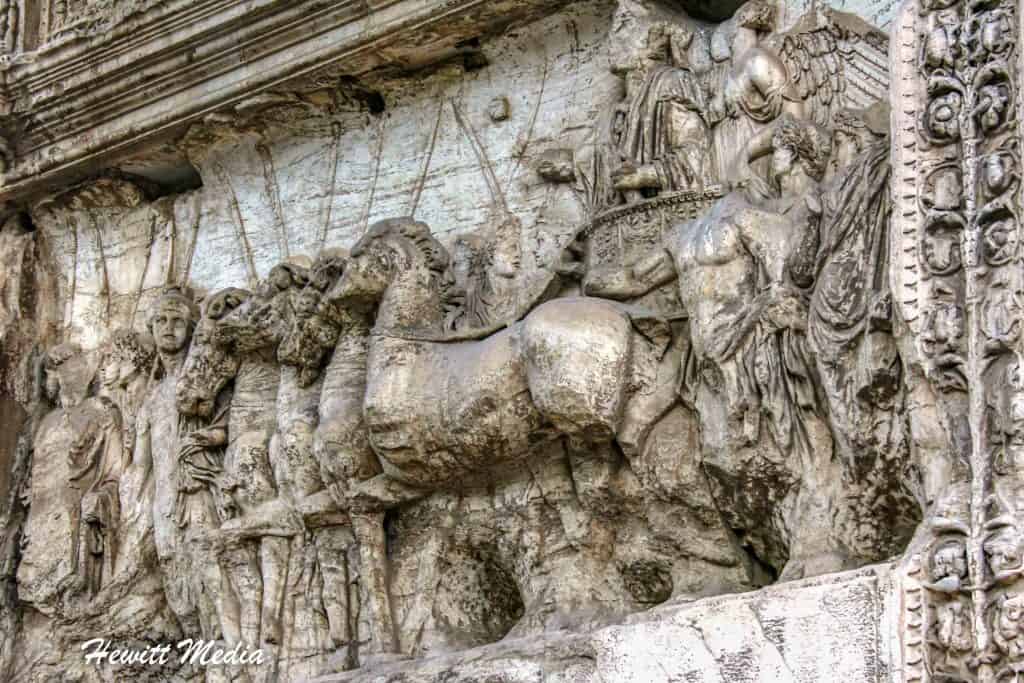
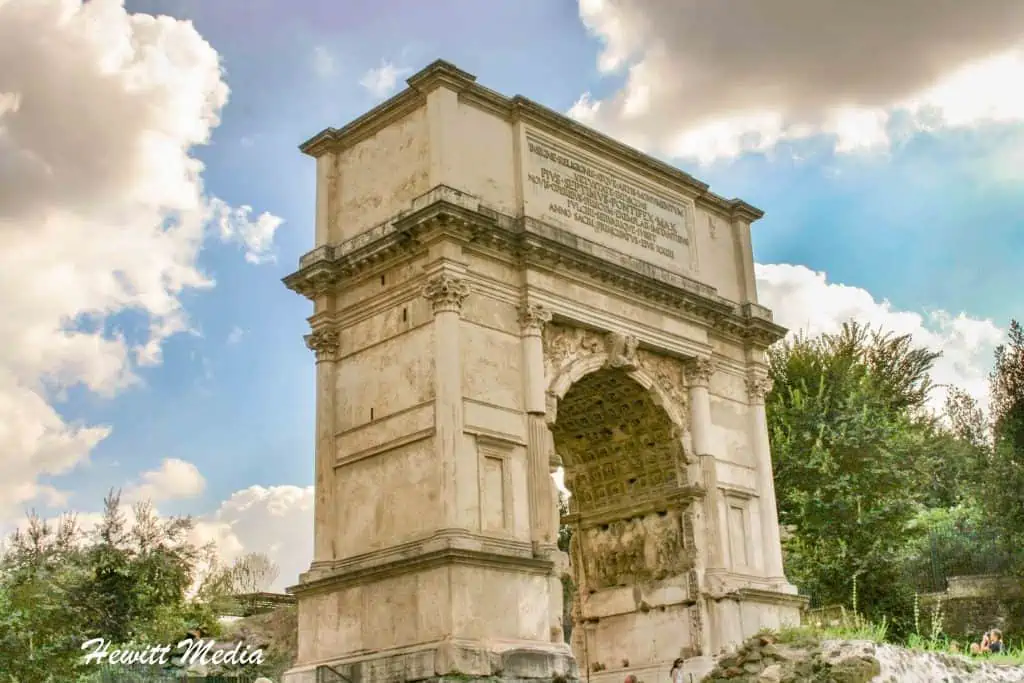
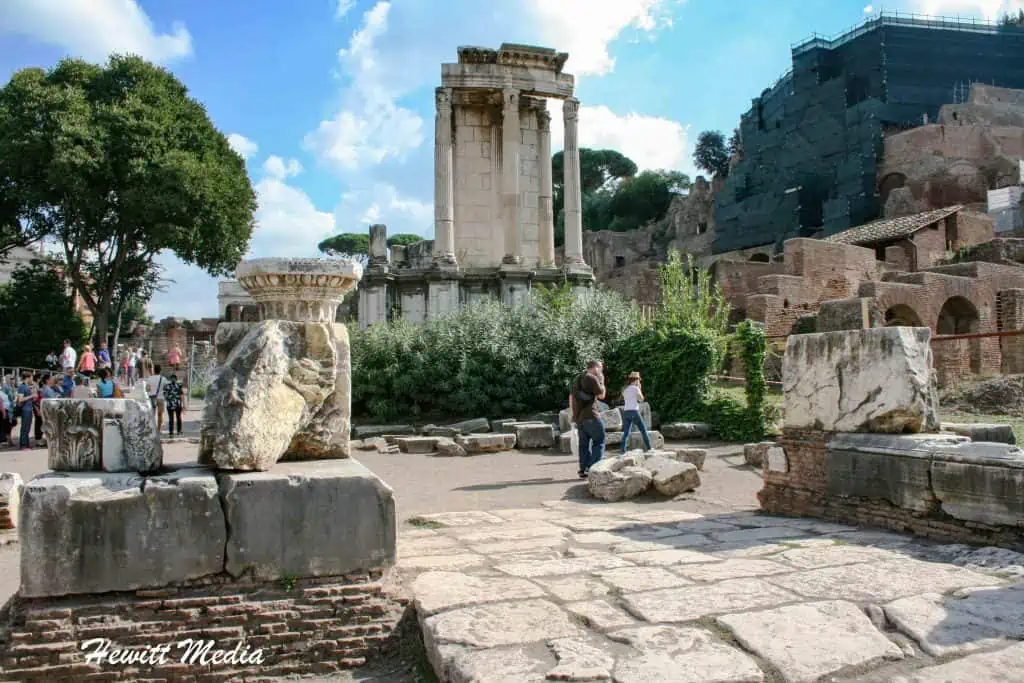

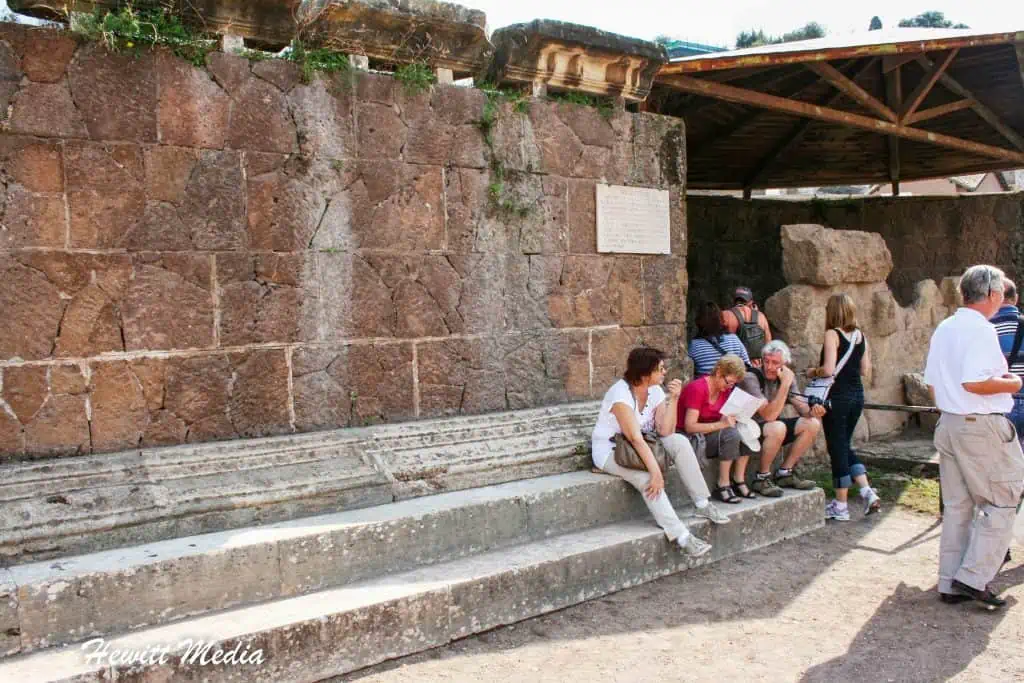
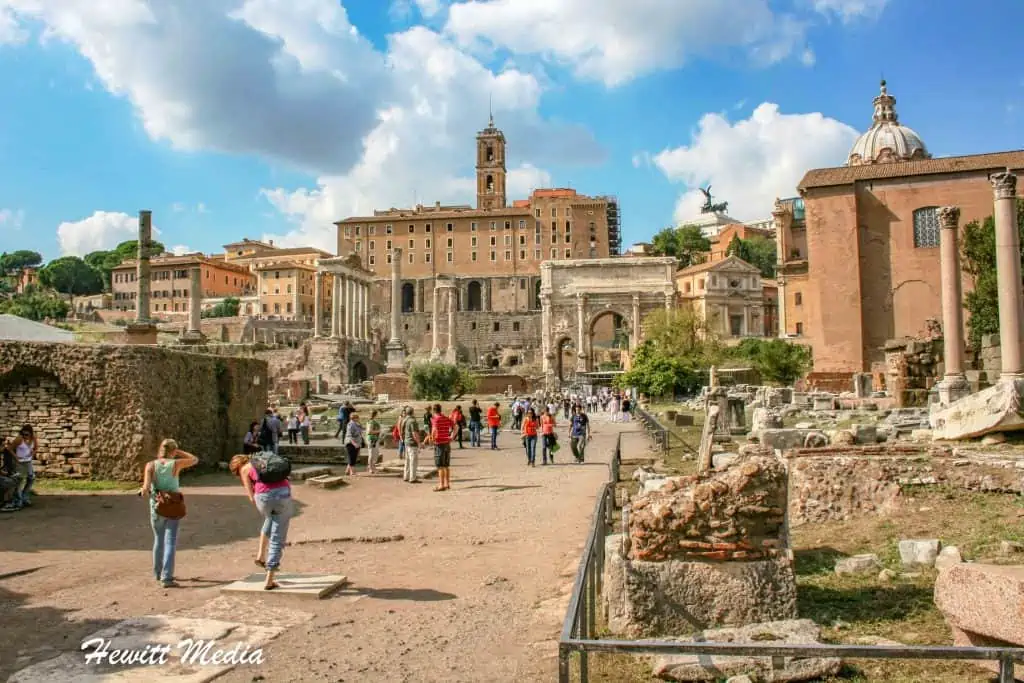
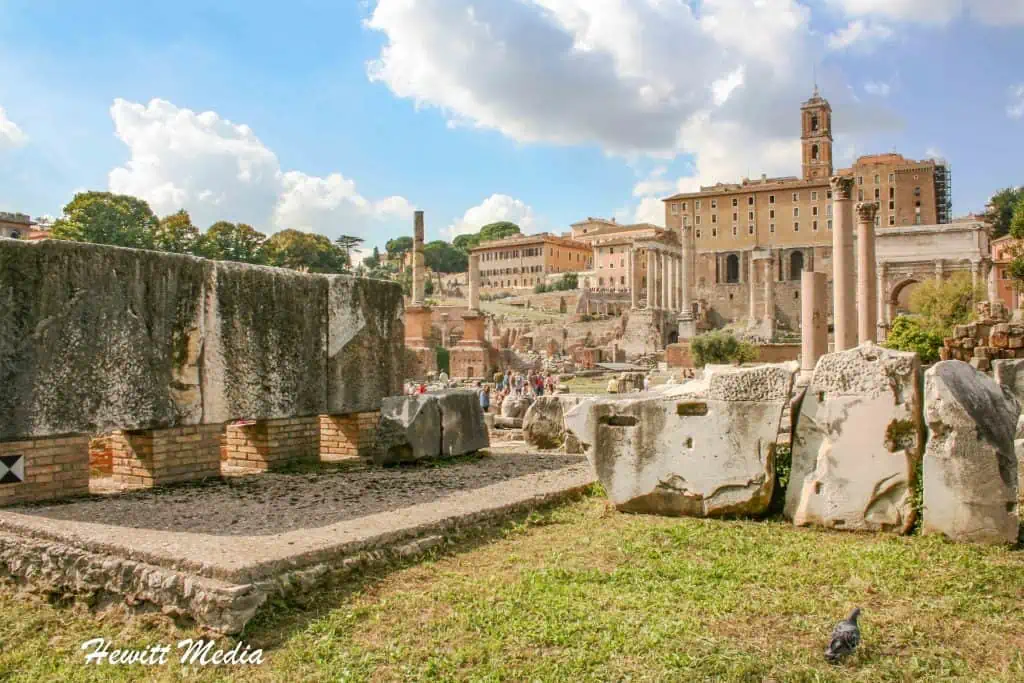
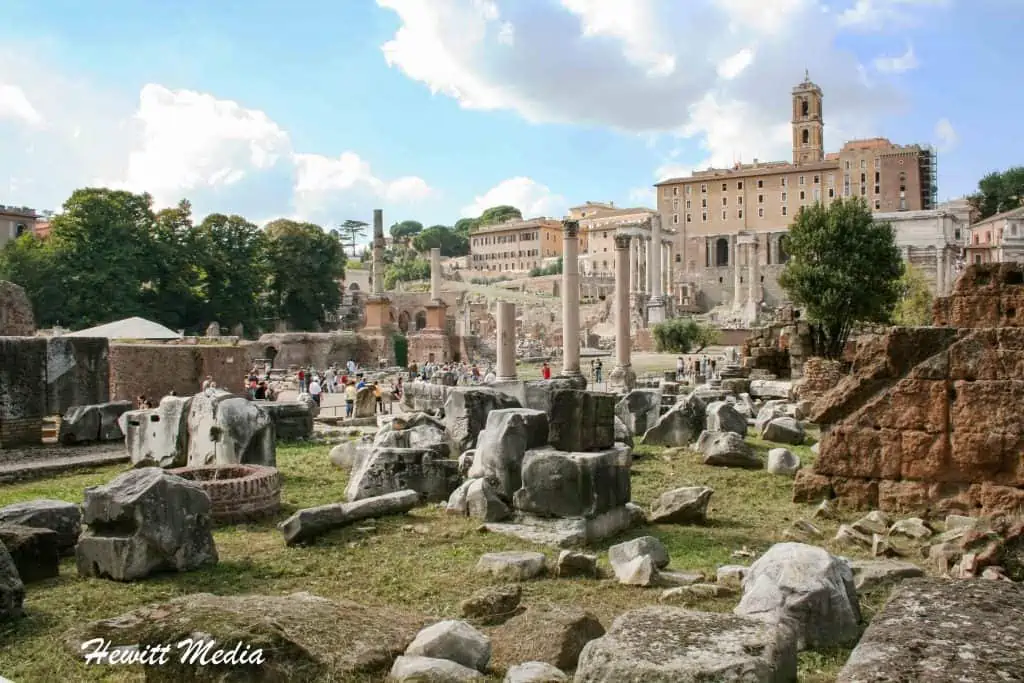
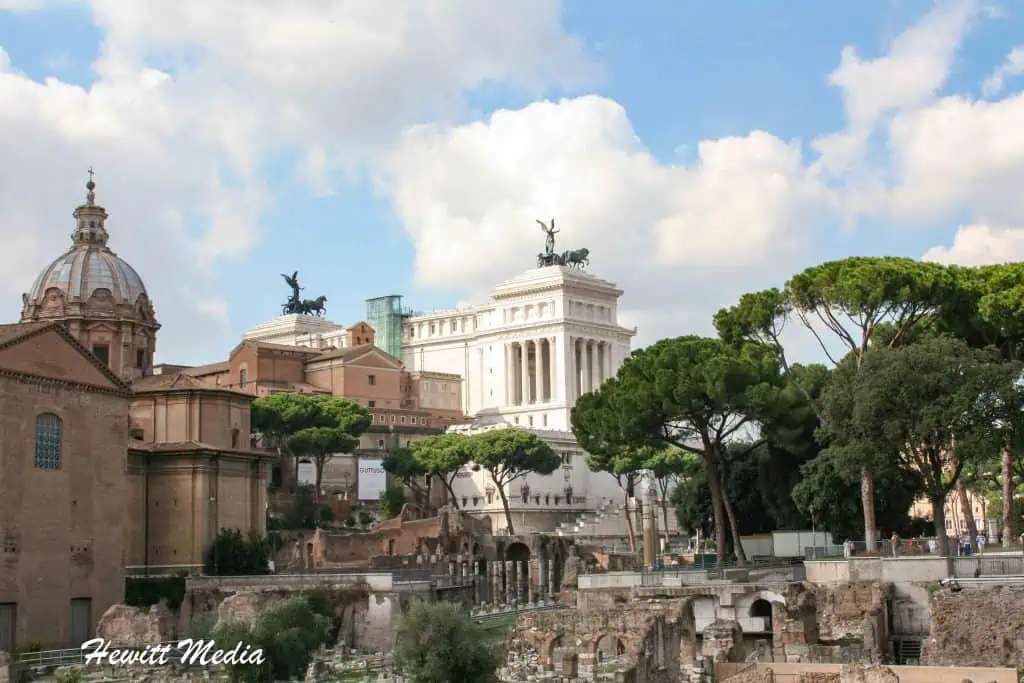
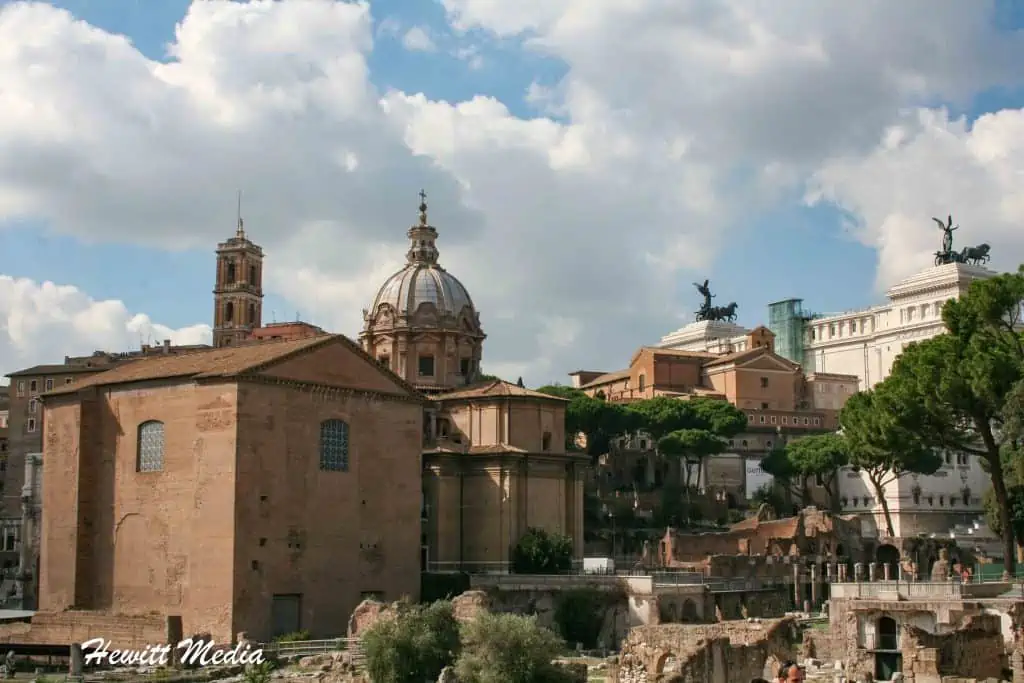
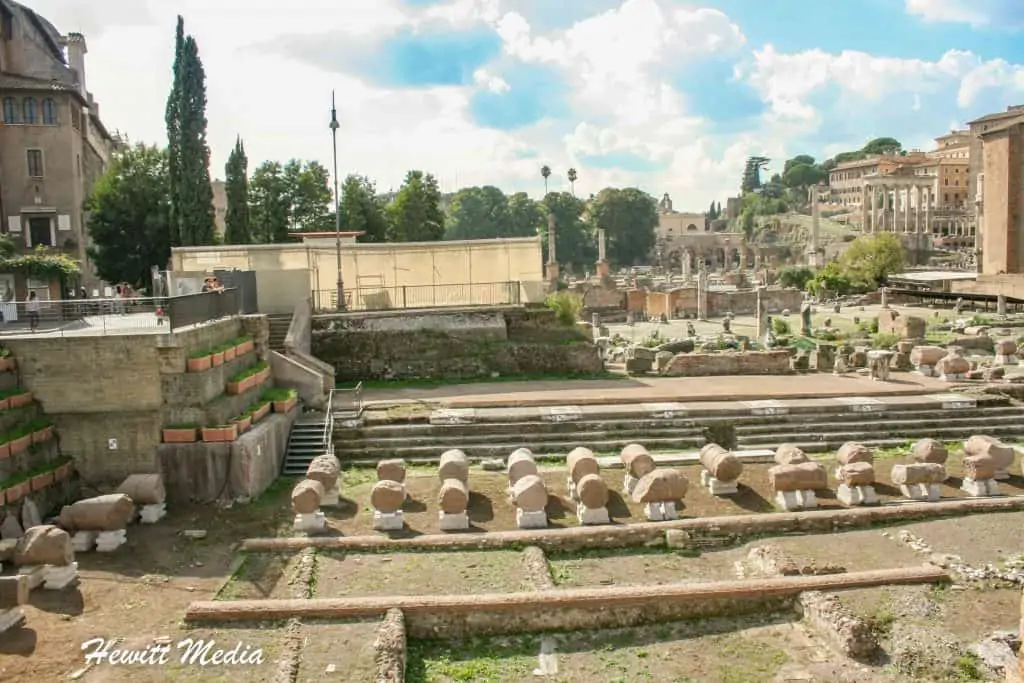
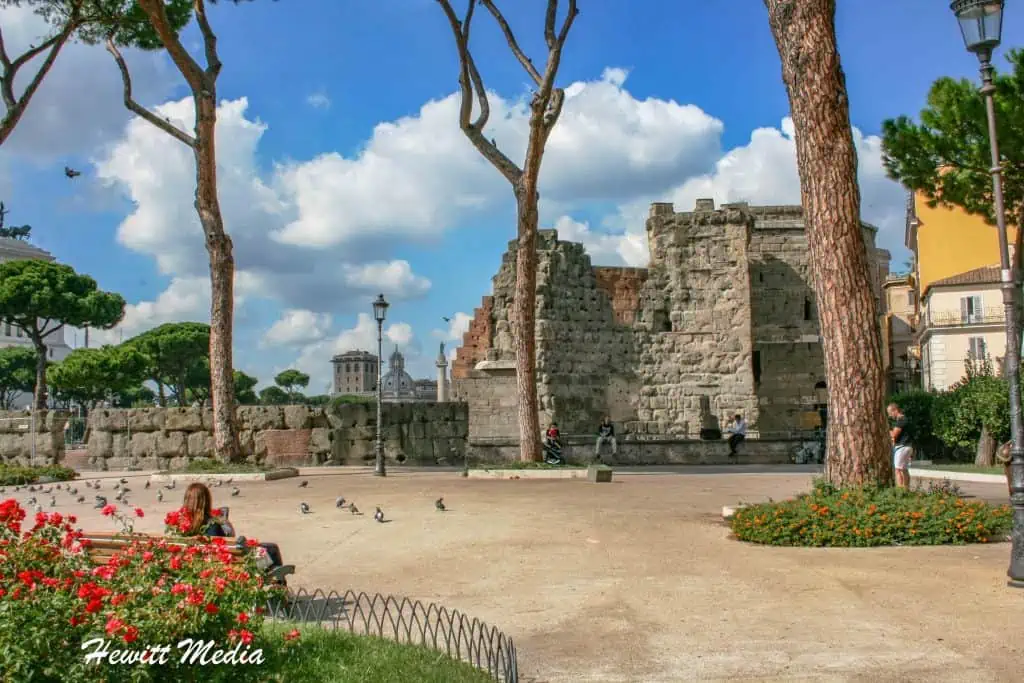
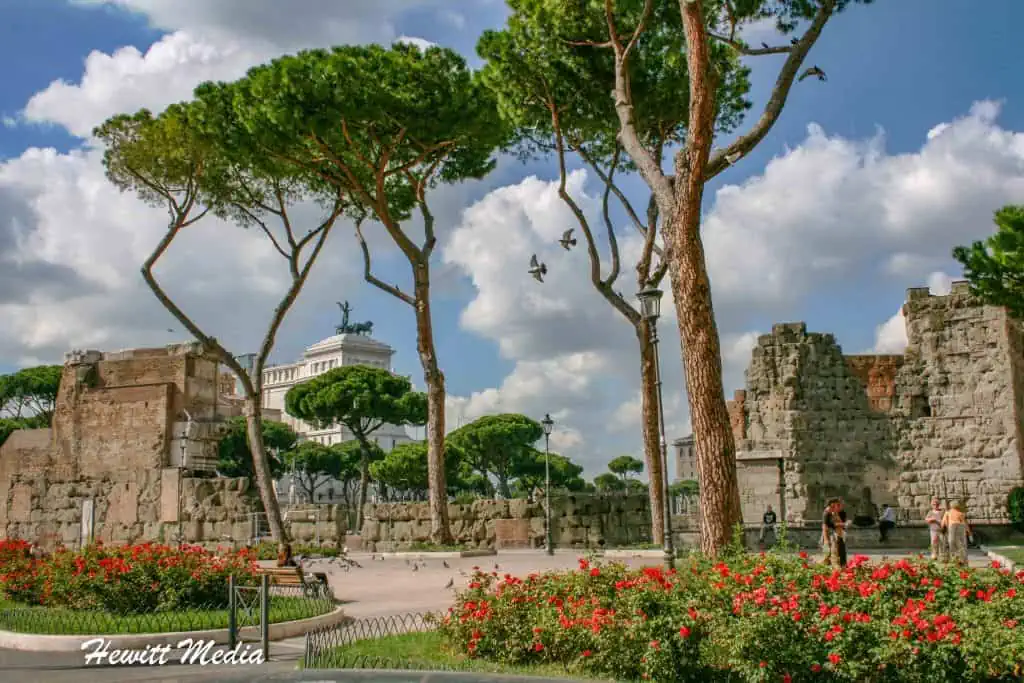
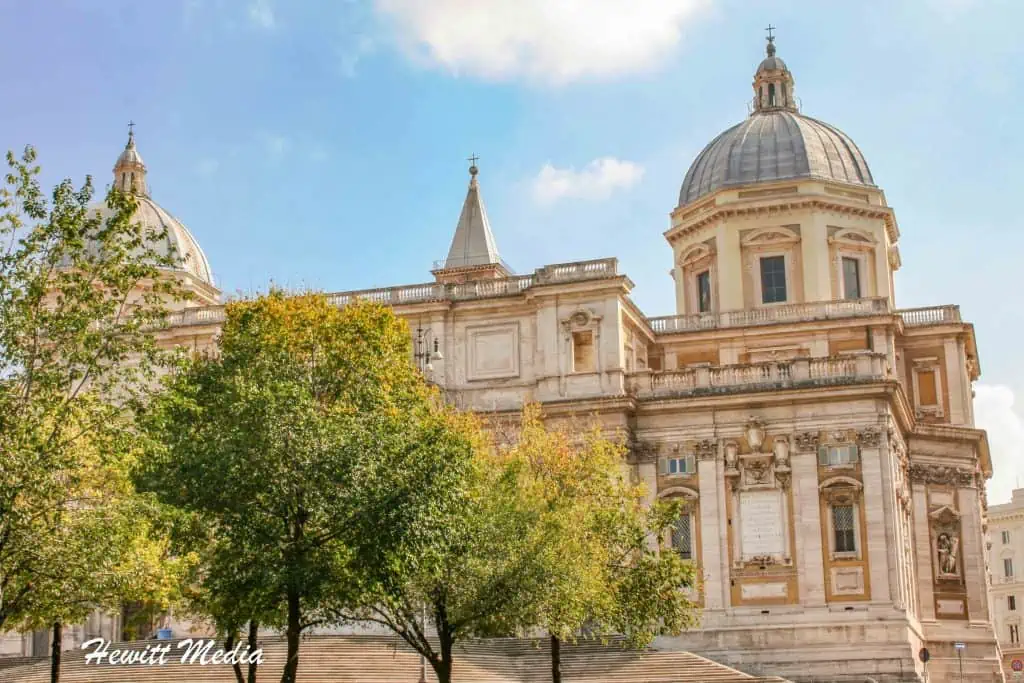
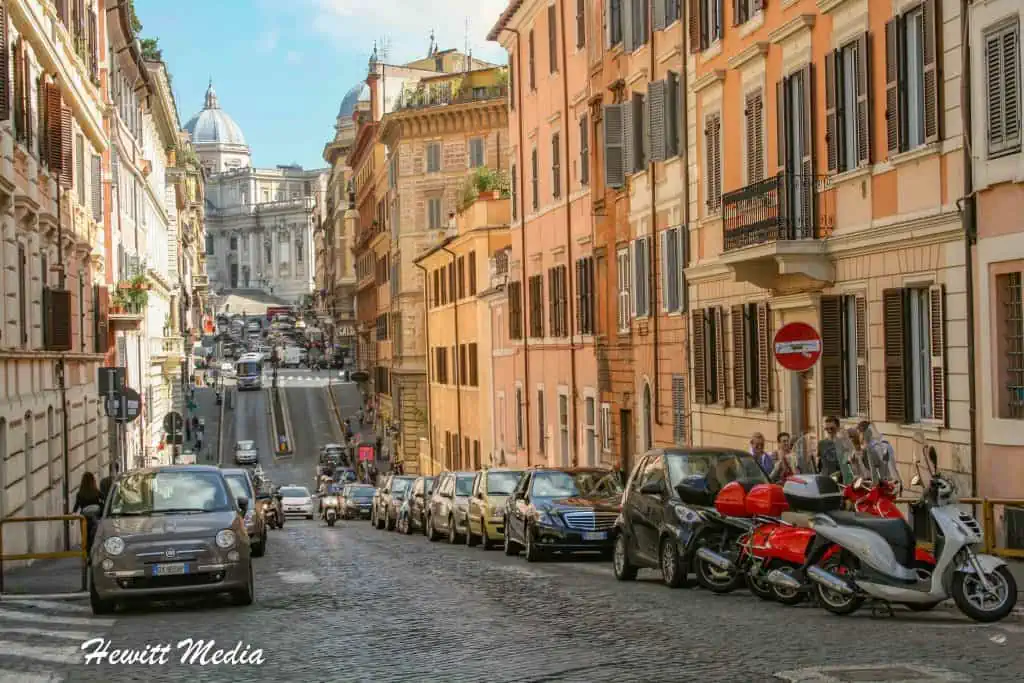
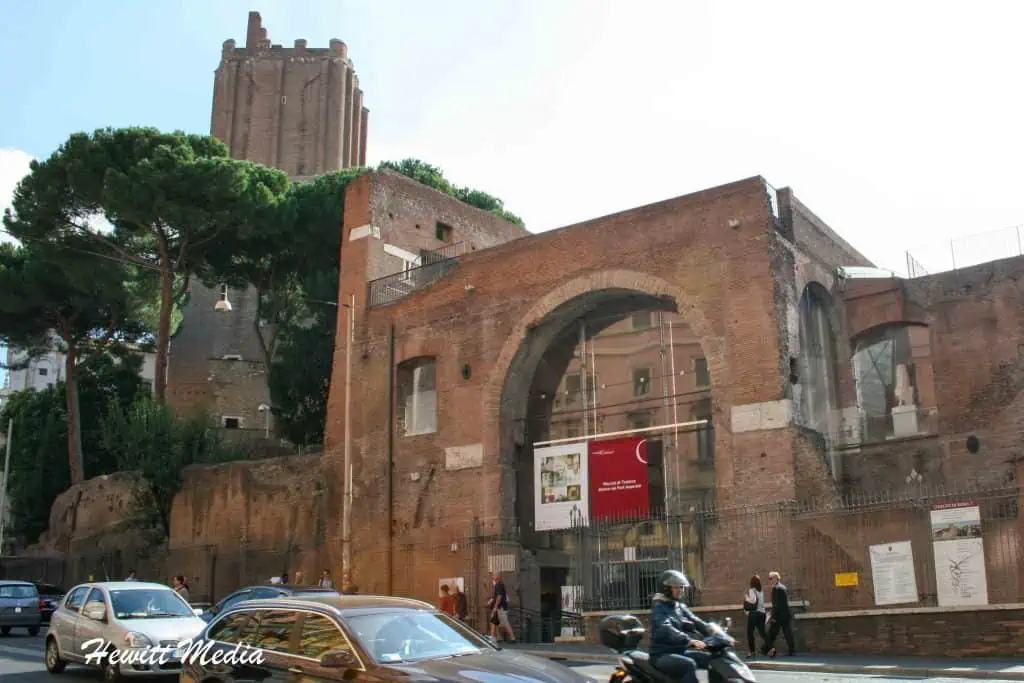


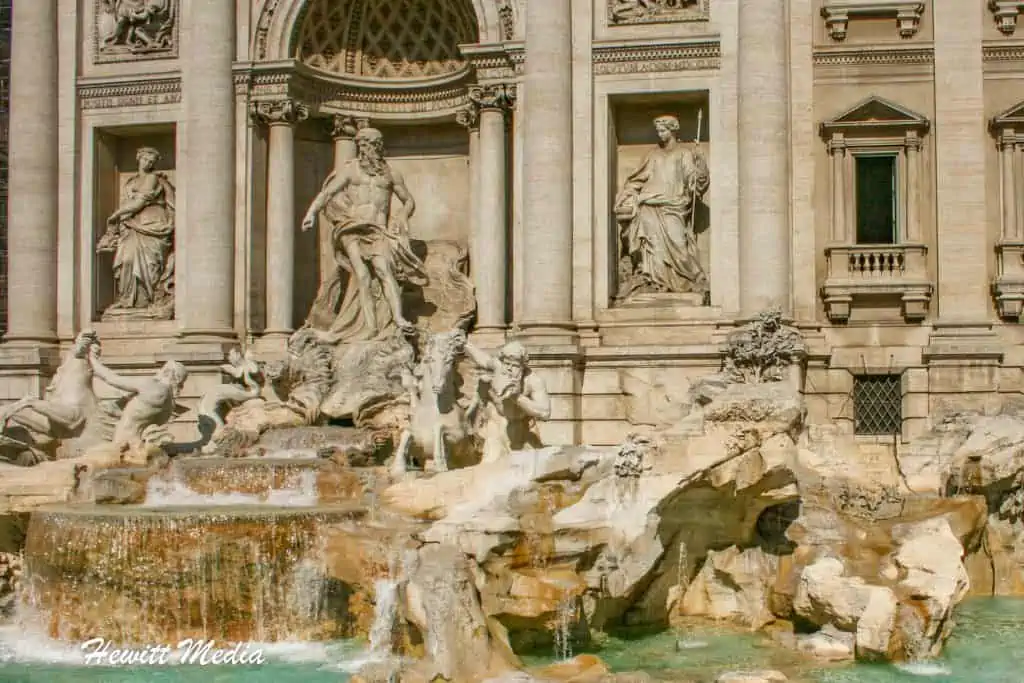
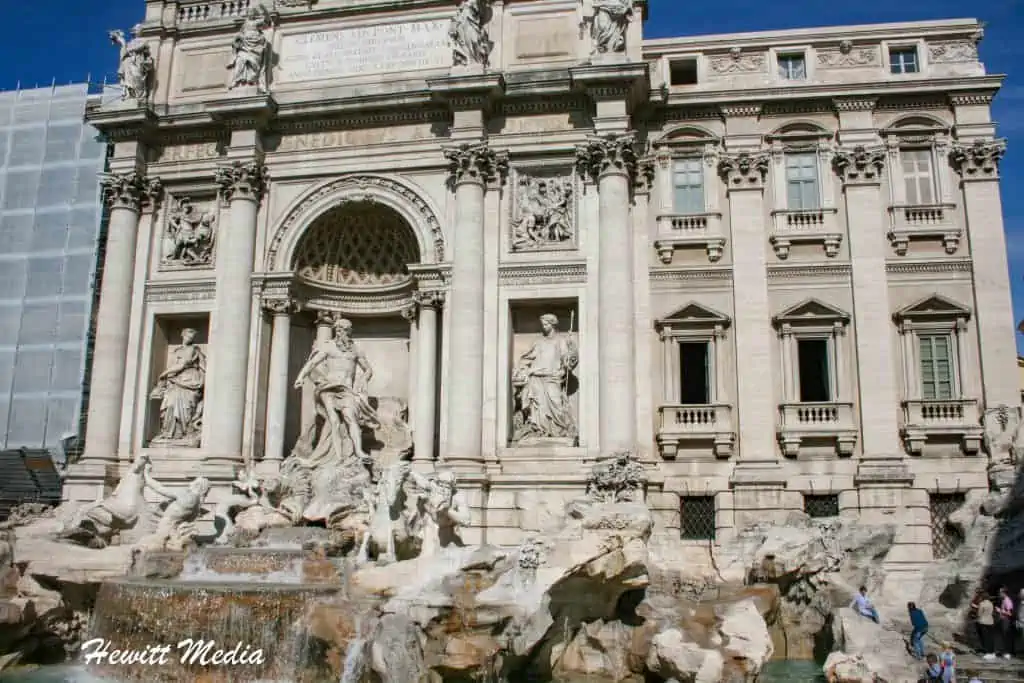
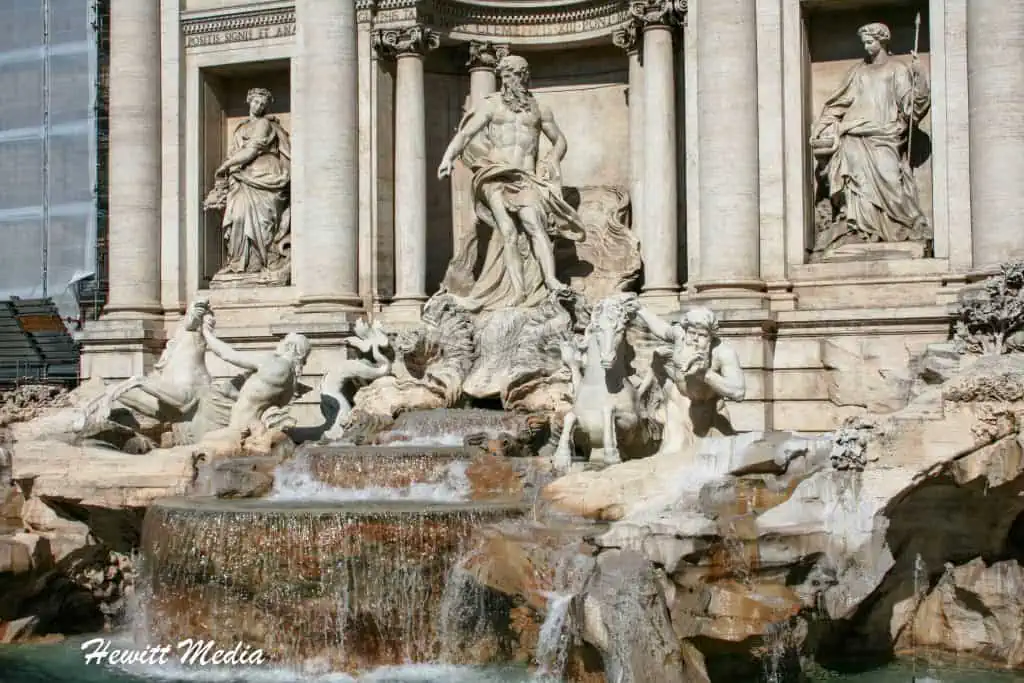

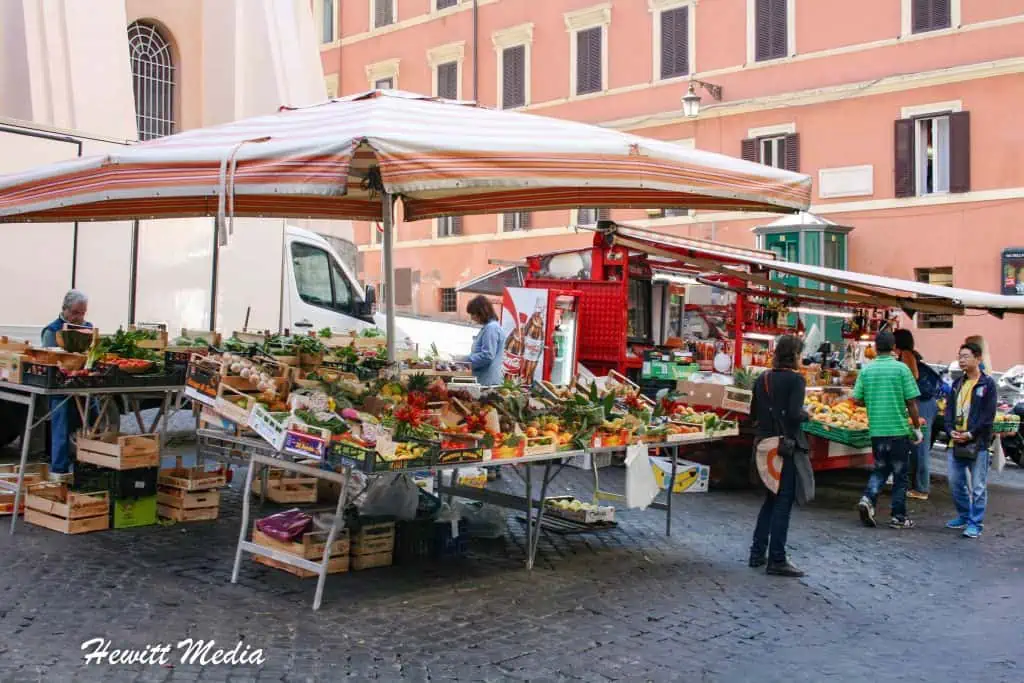


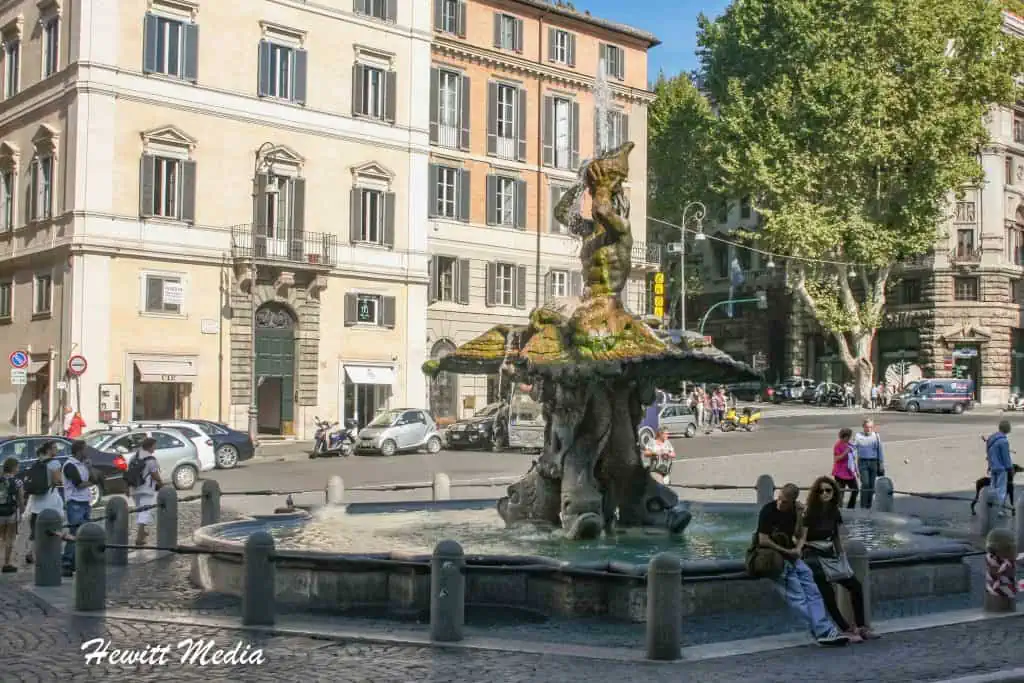
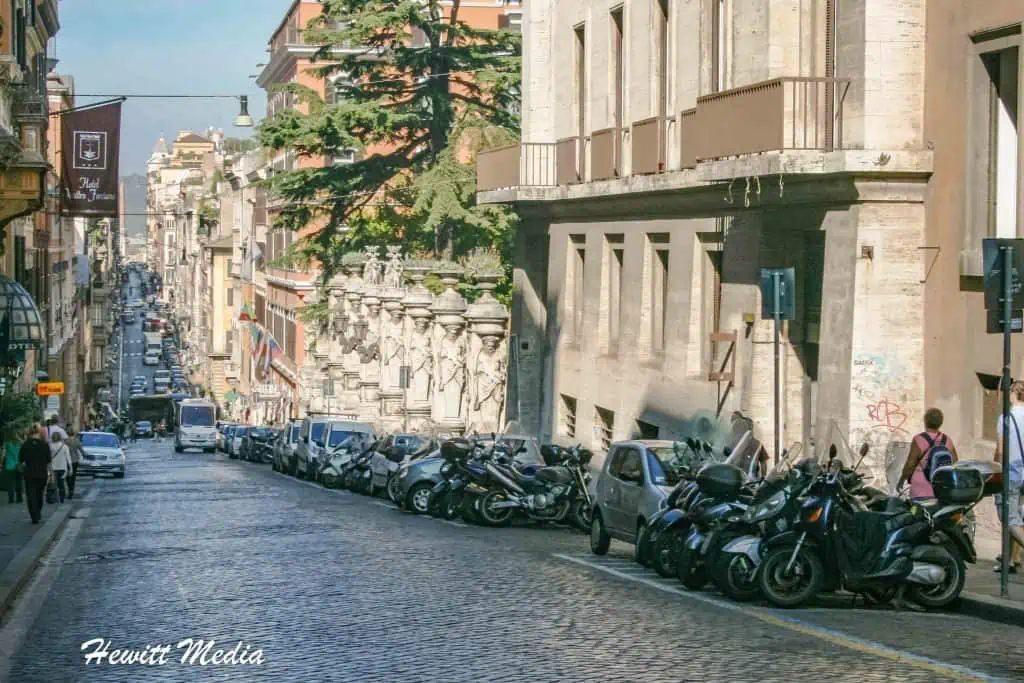
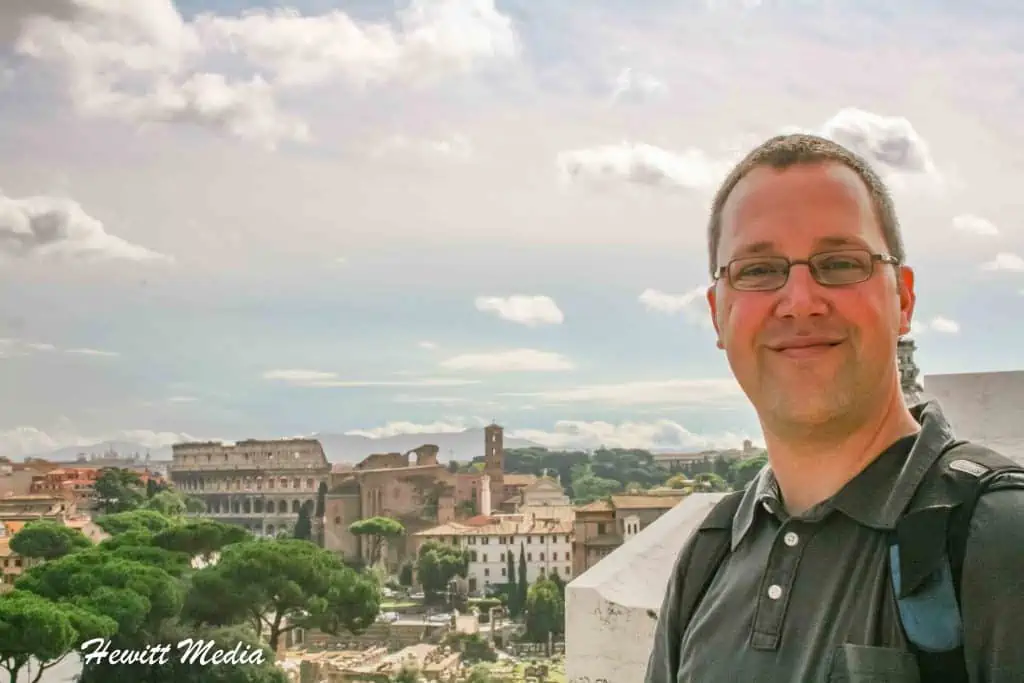
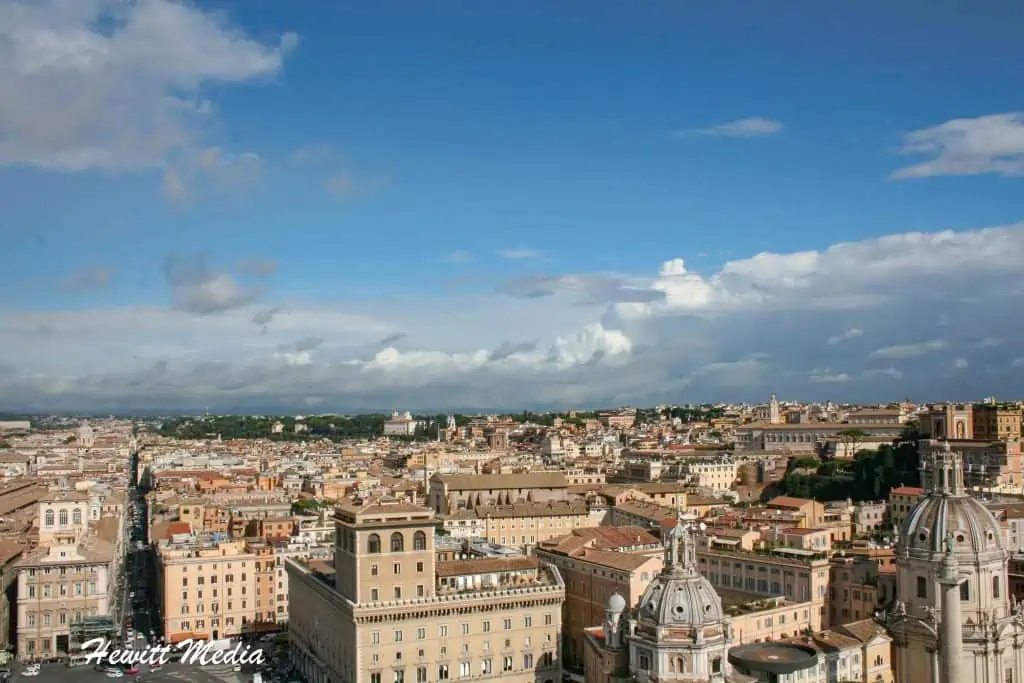

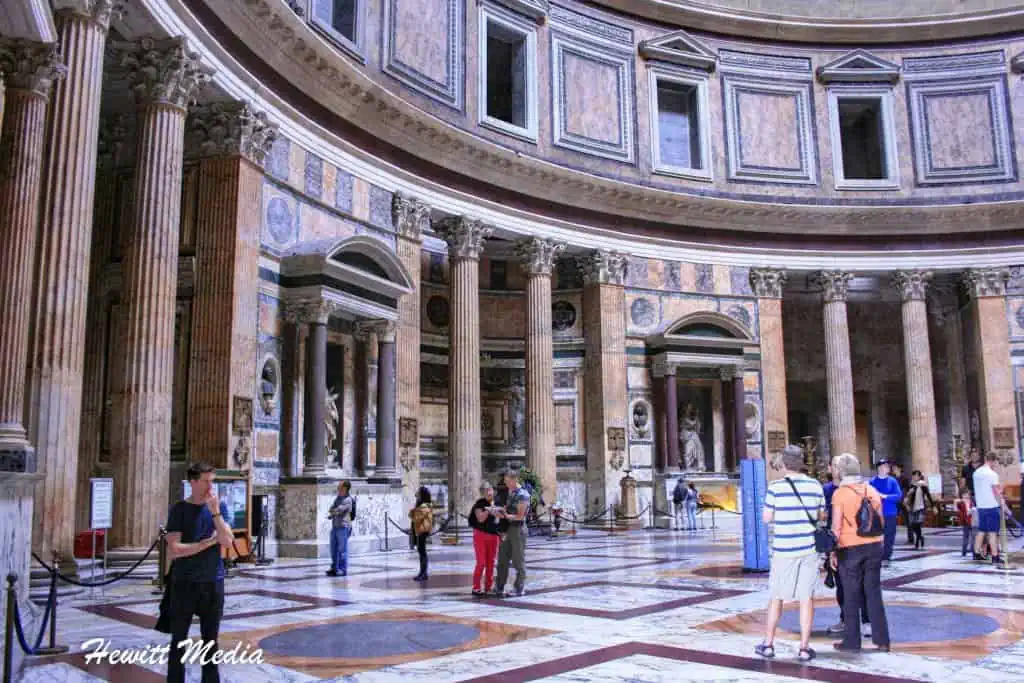

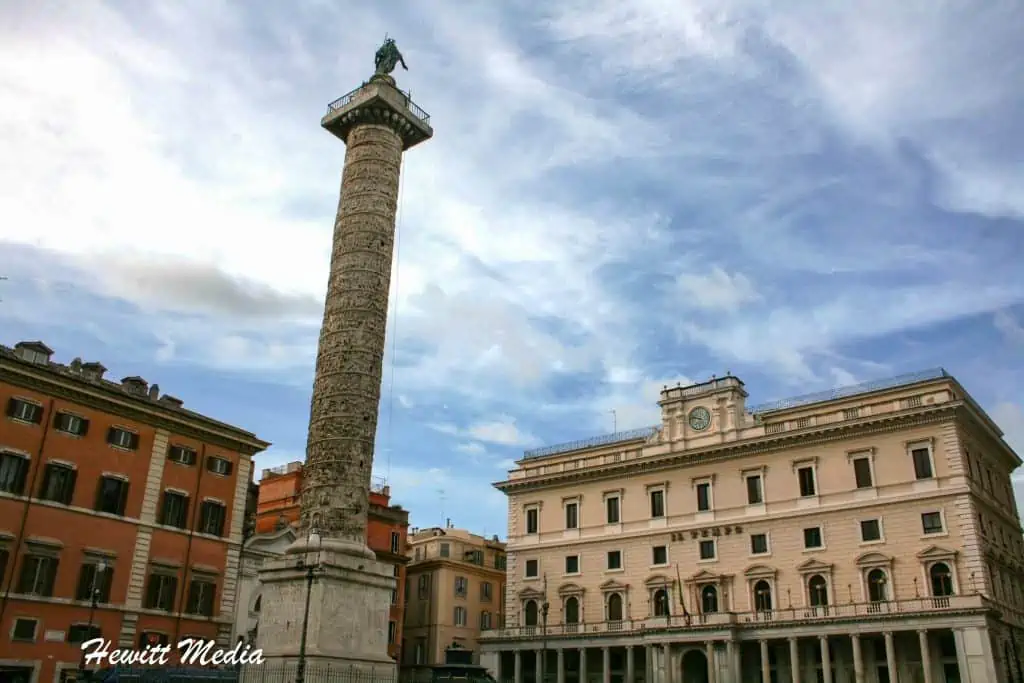

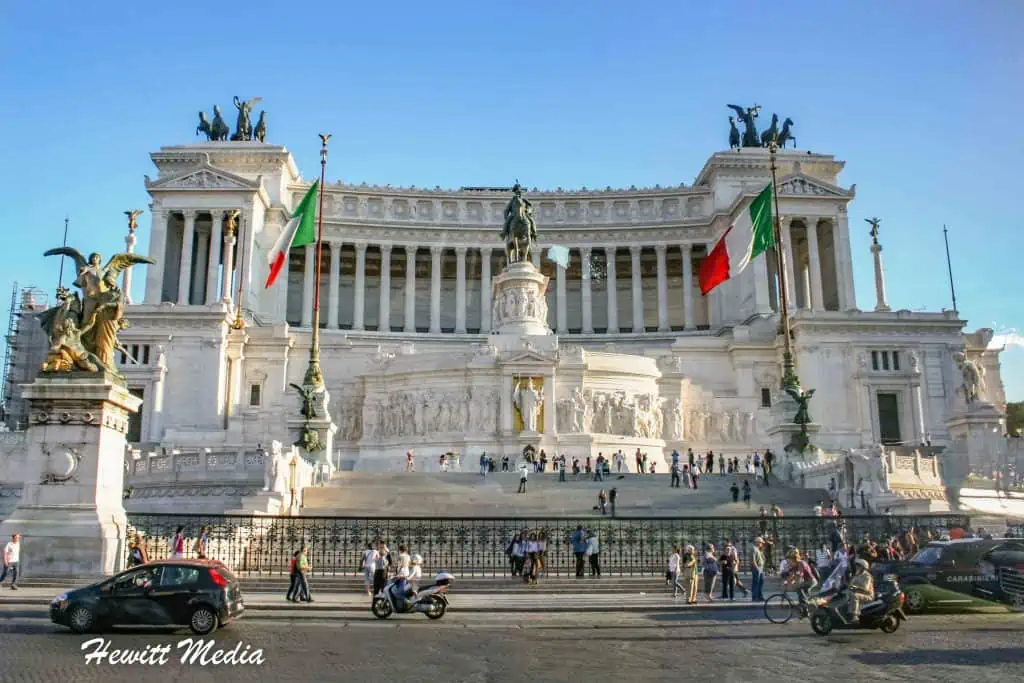
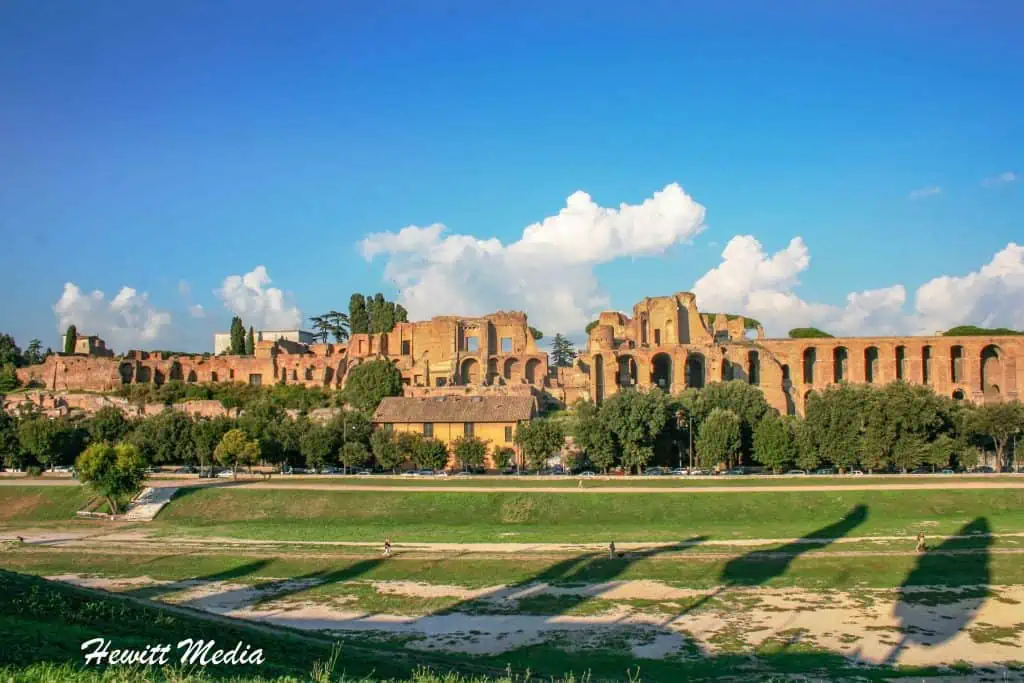

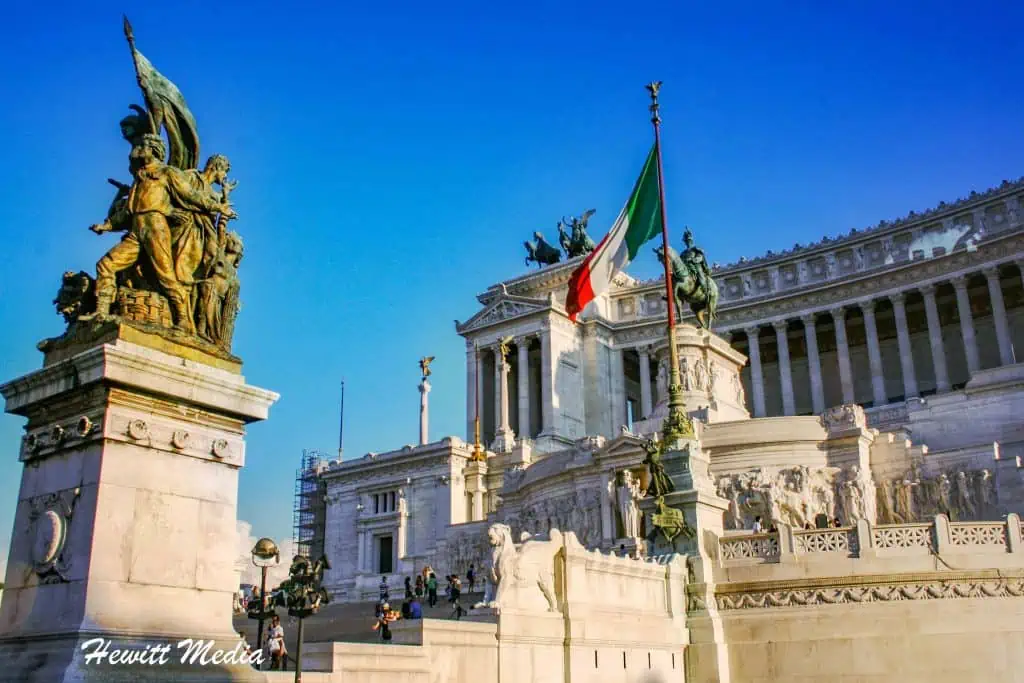

Don’t Forget to Subscribe to My Adventures!

Let Me Help You Save On Your Next Adventure!
‘Start Exploring Today’ Merchandise Available Now!








